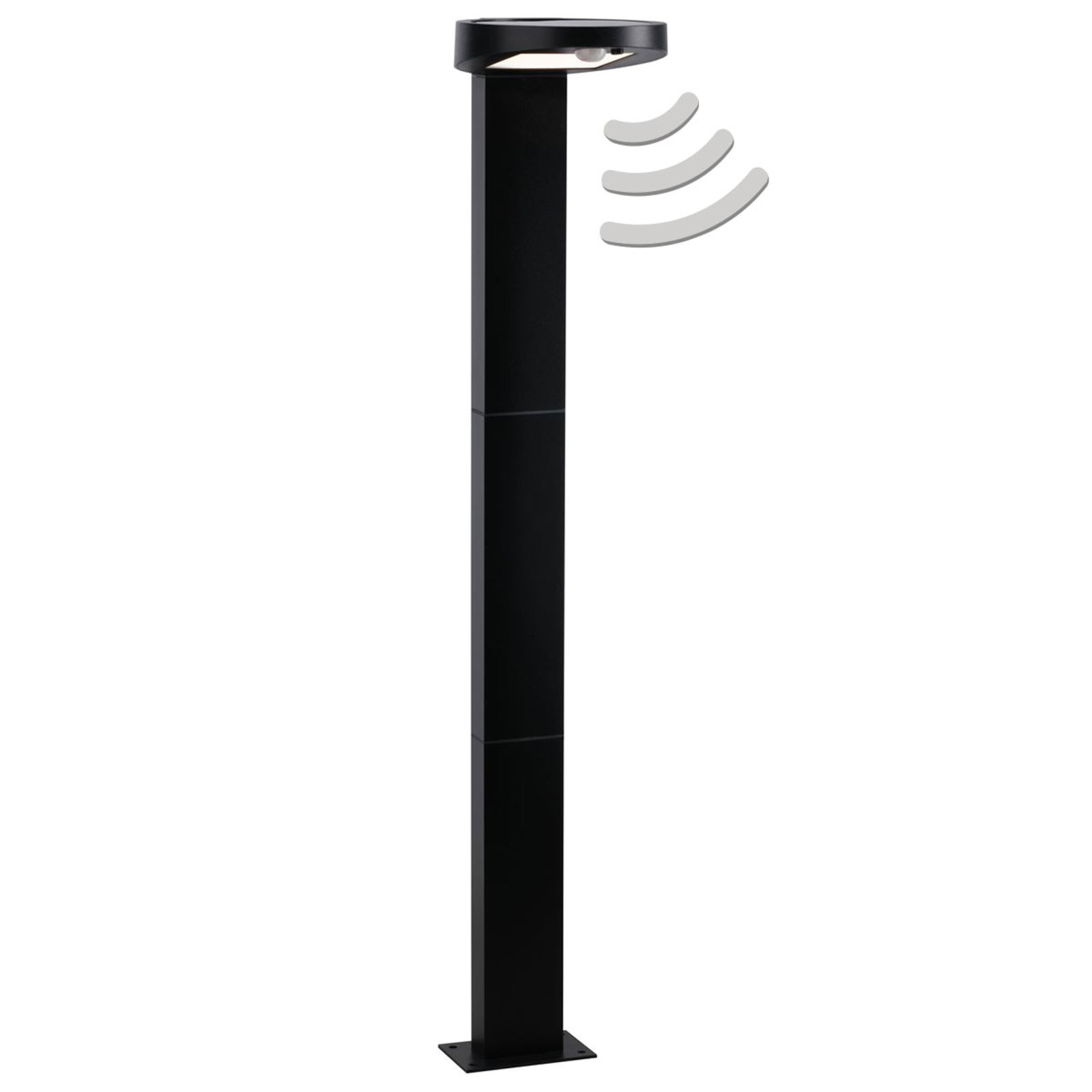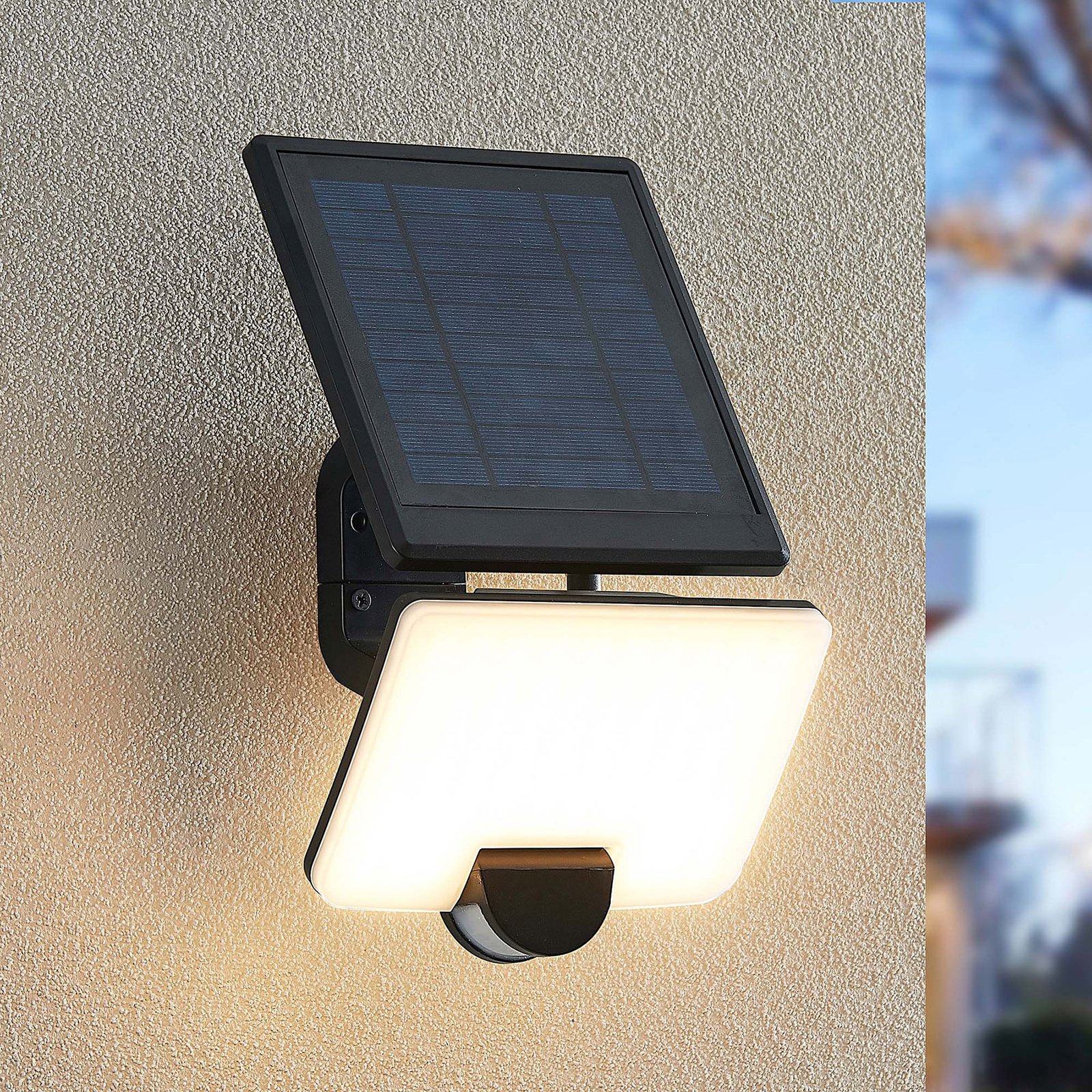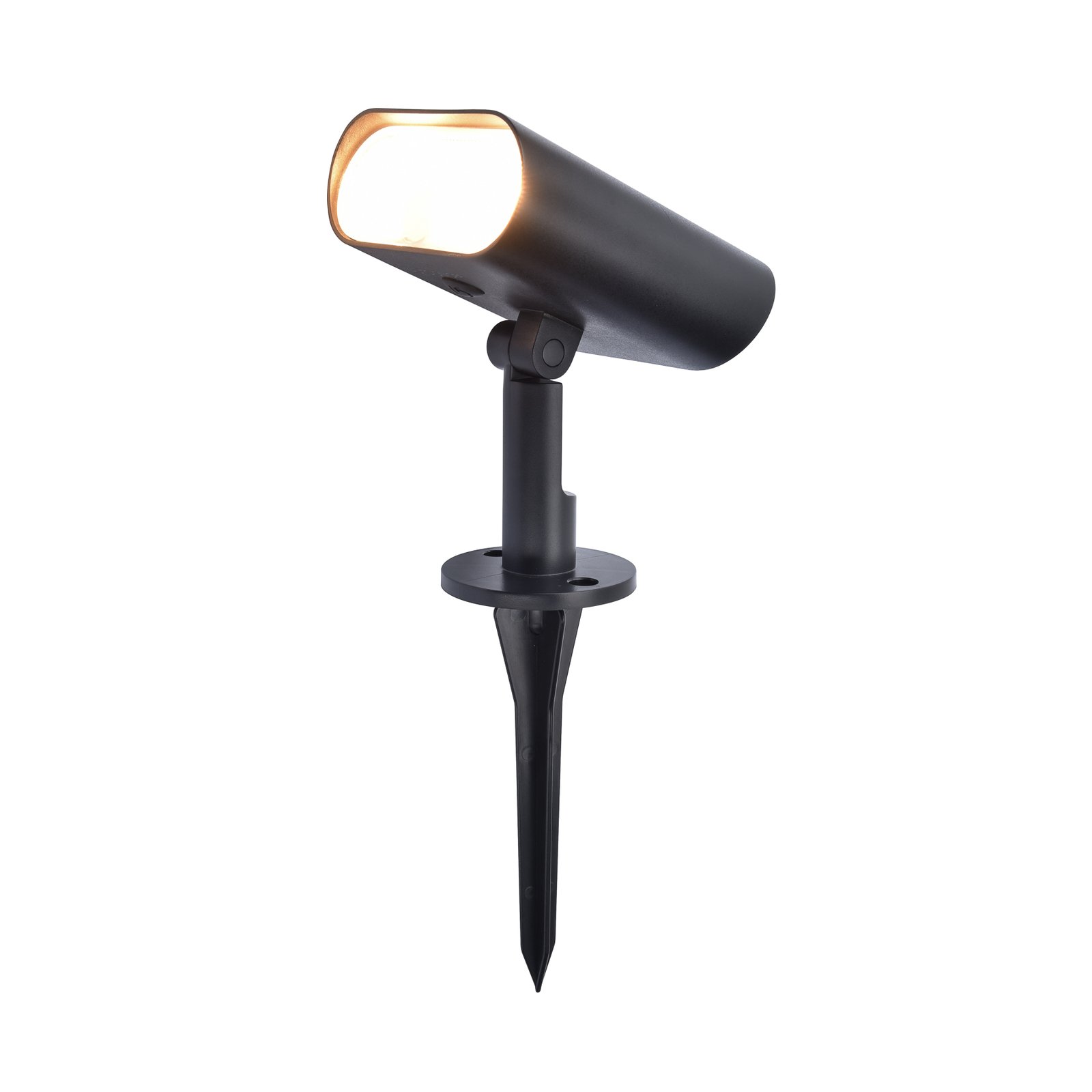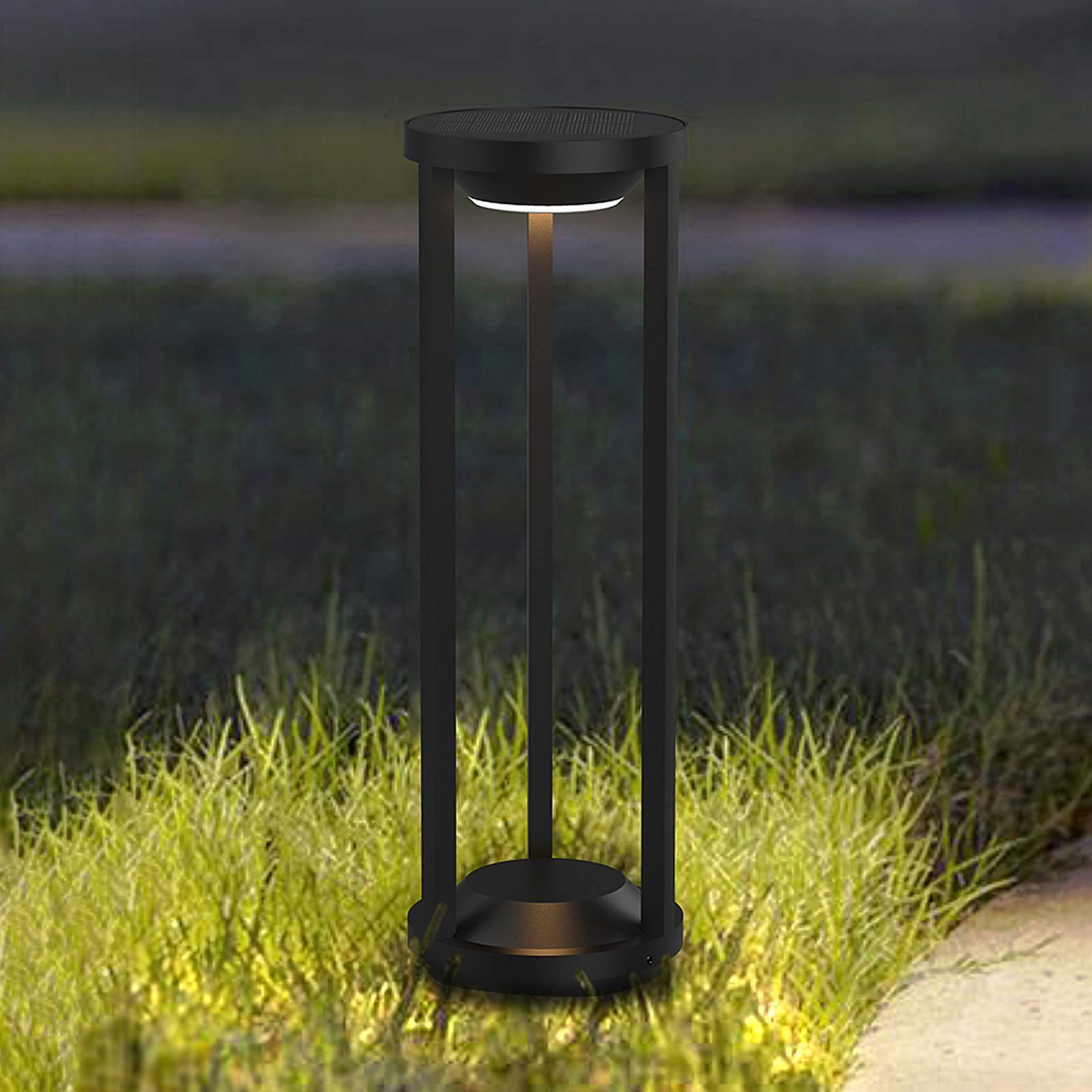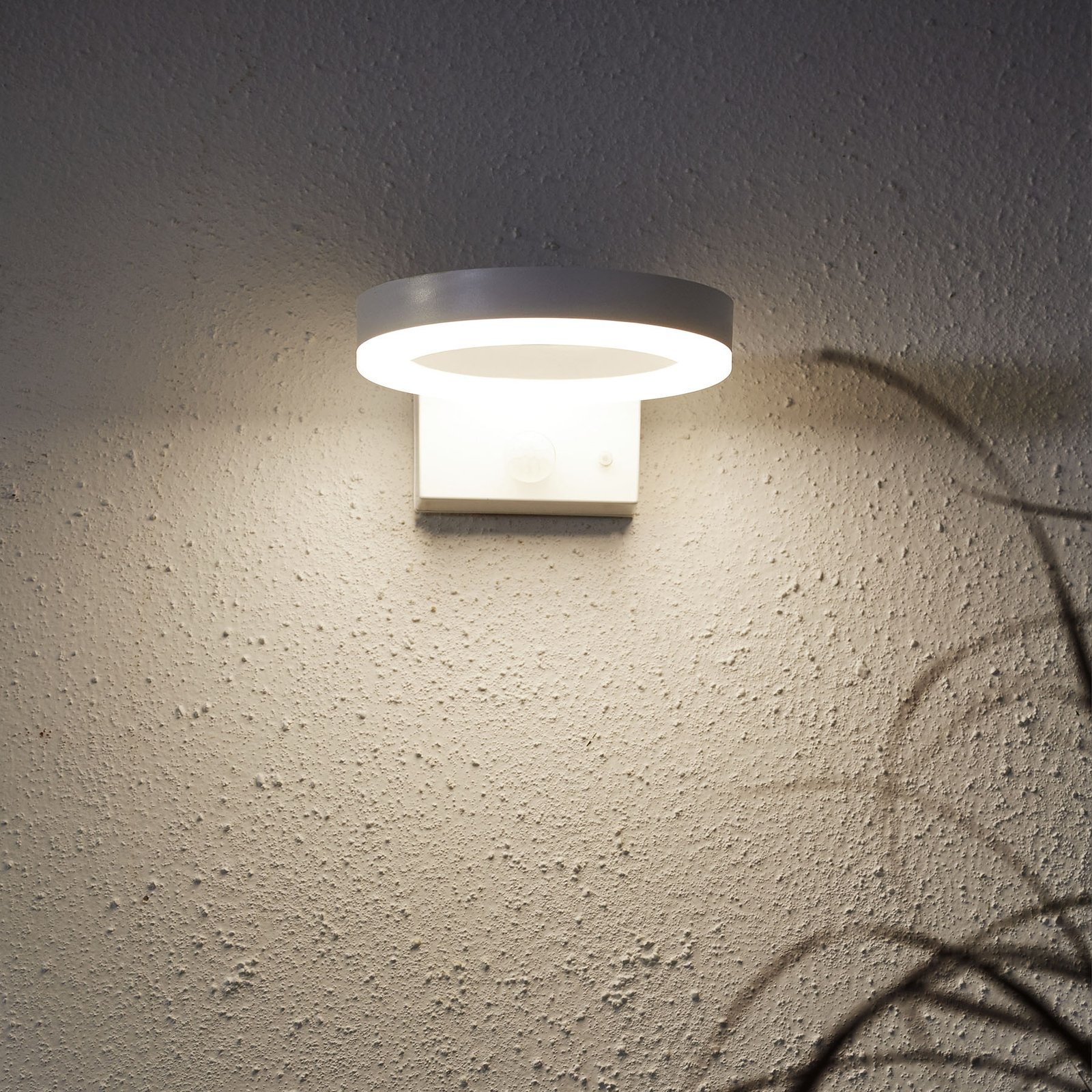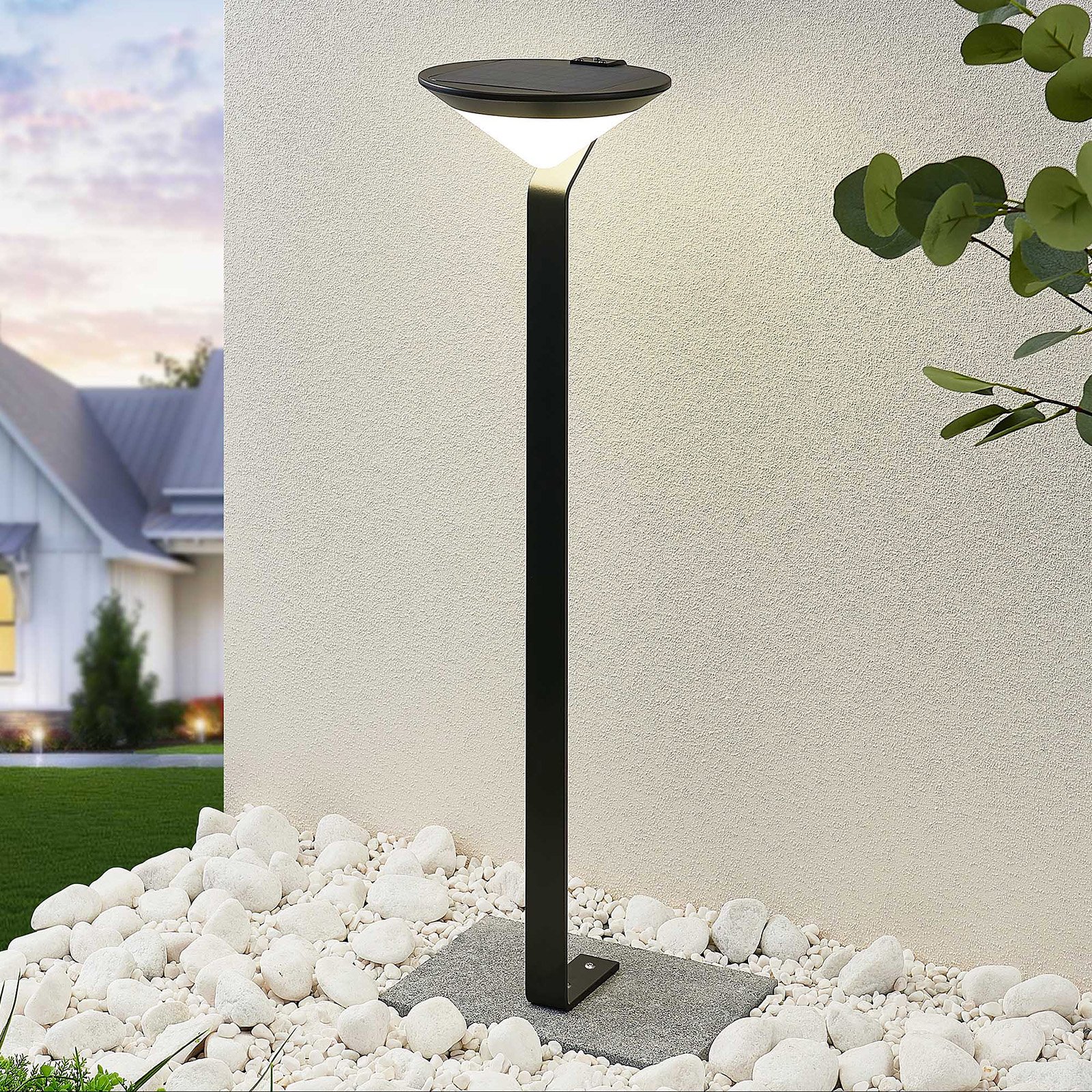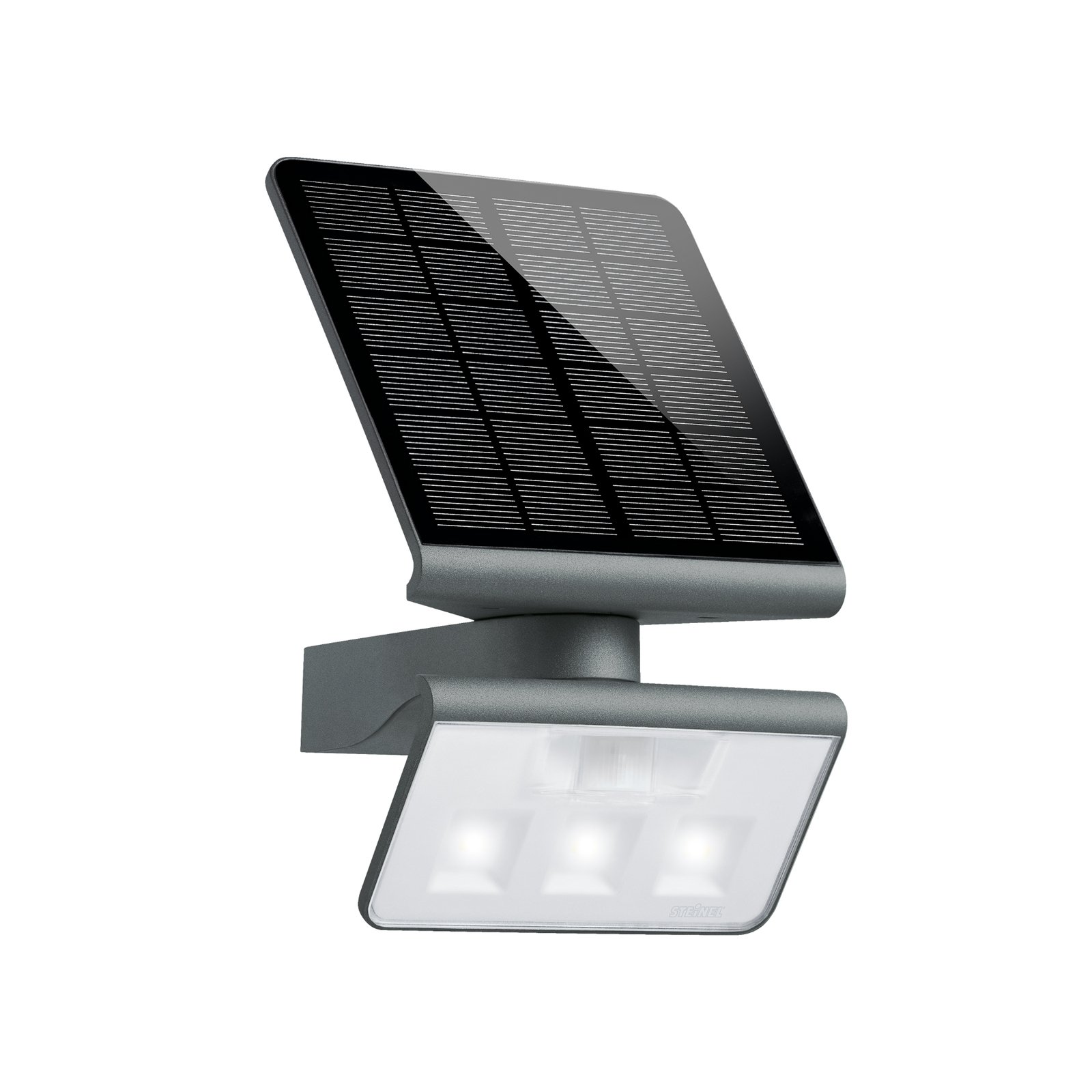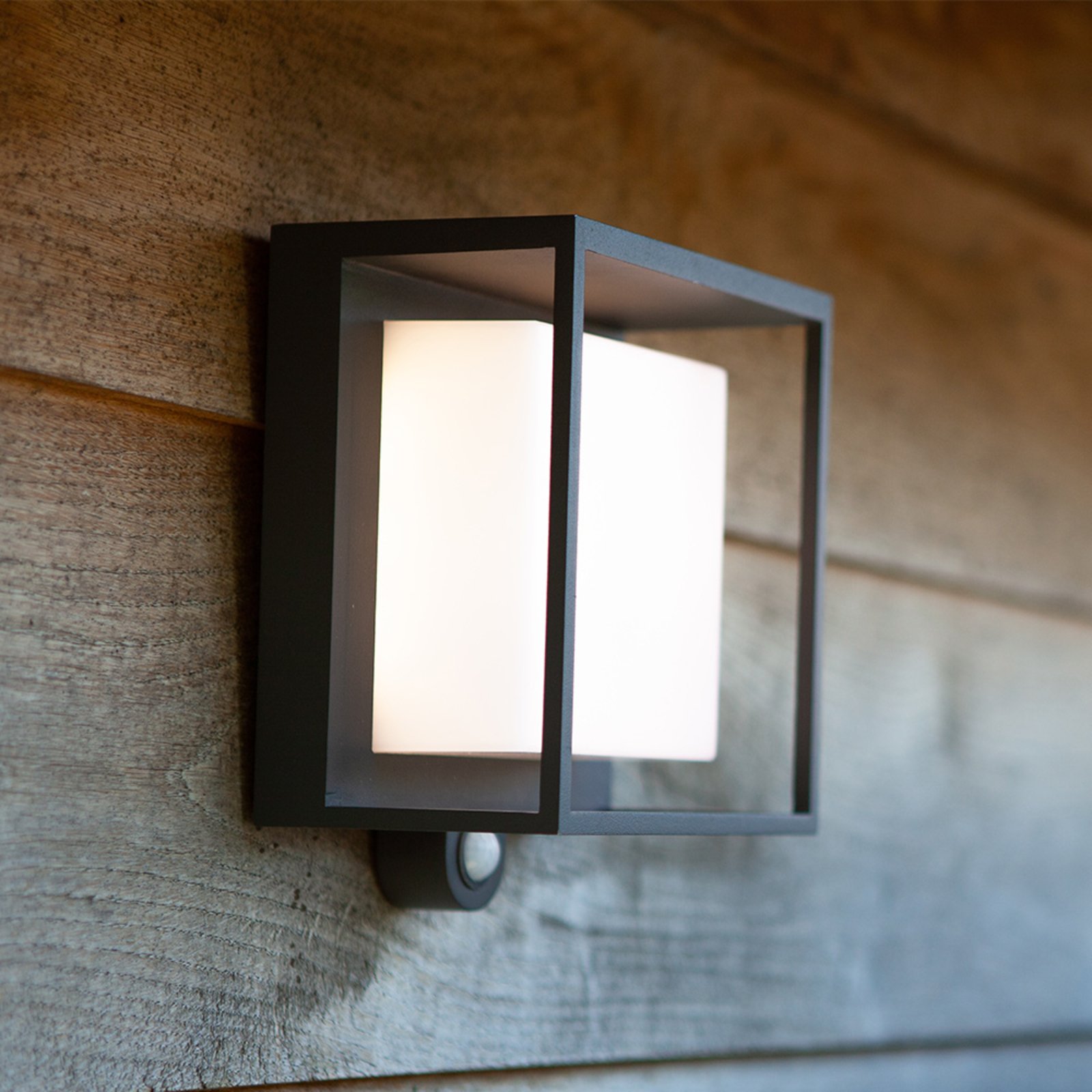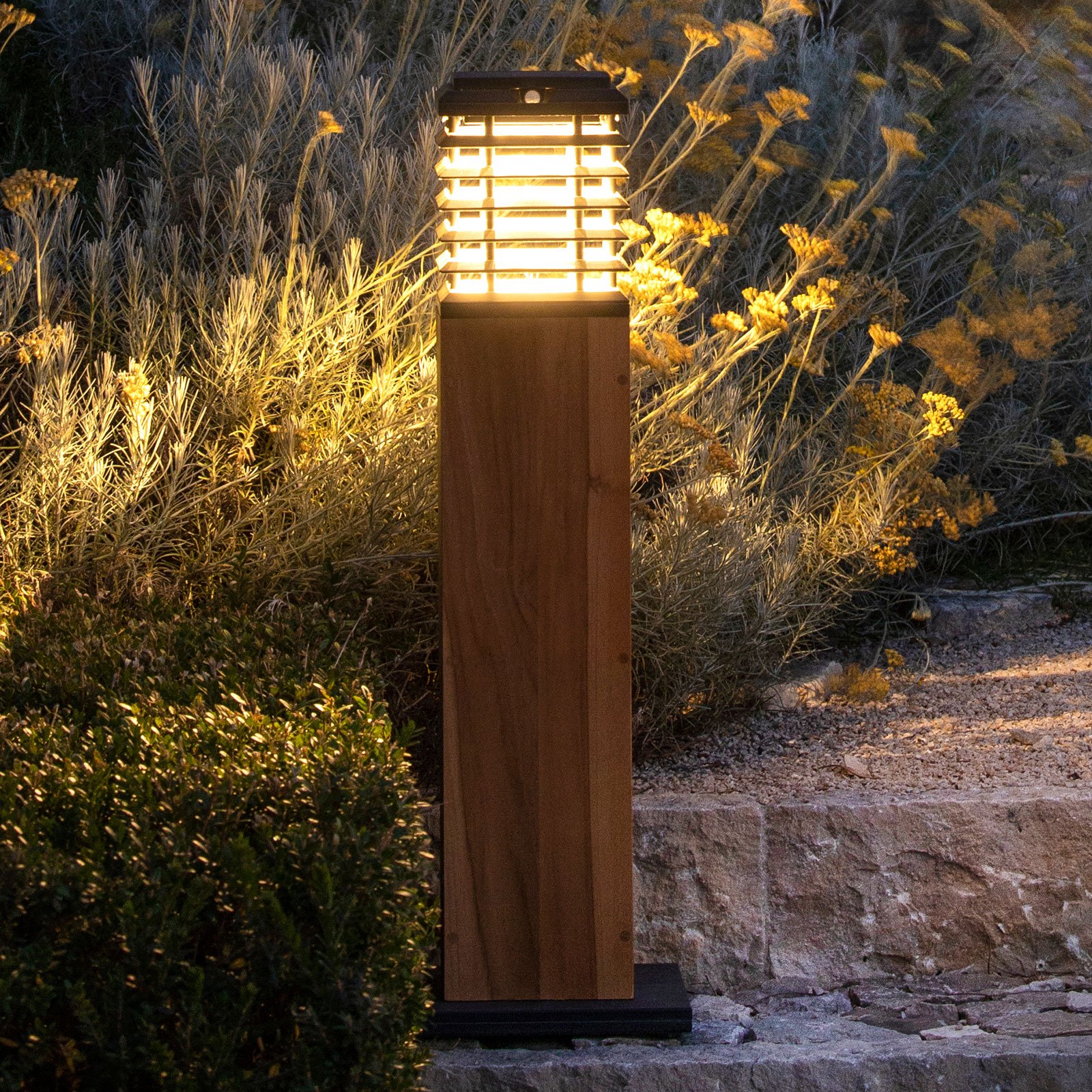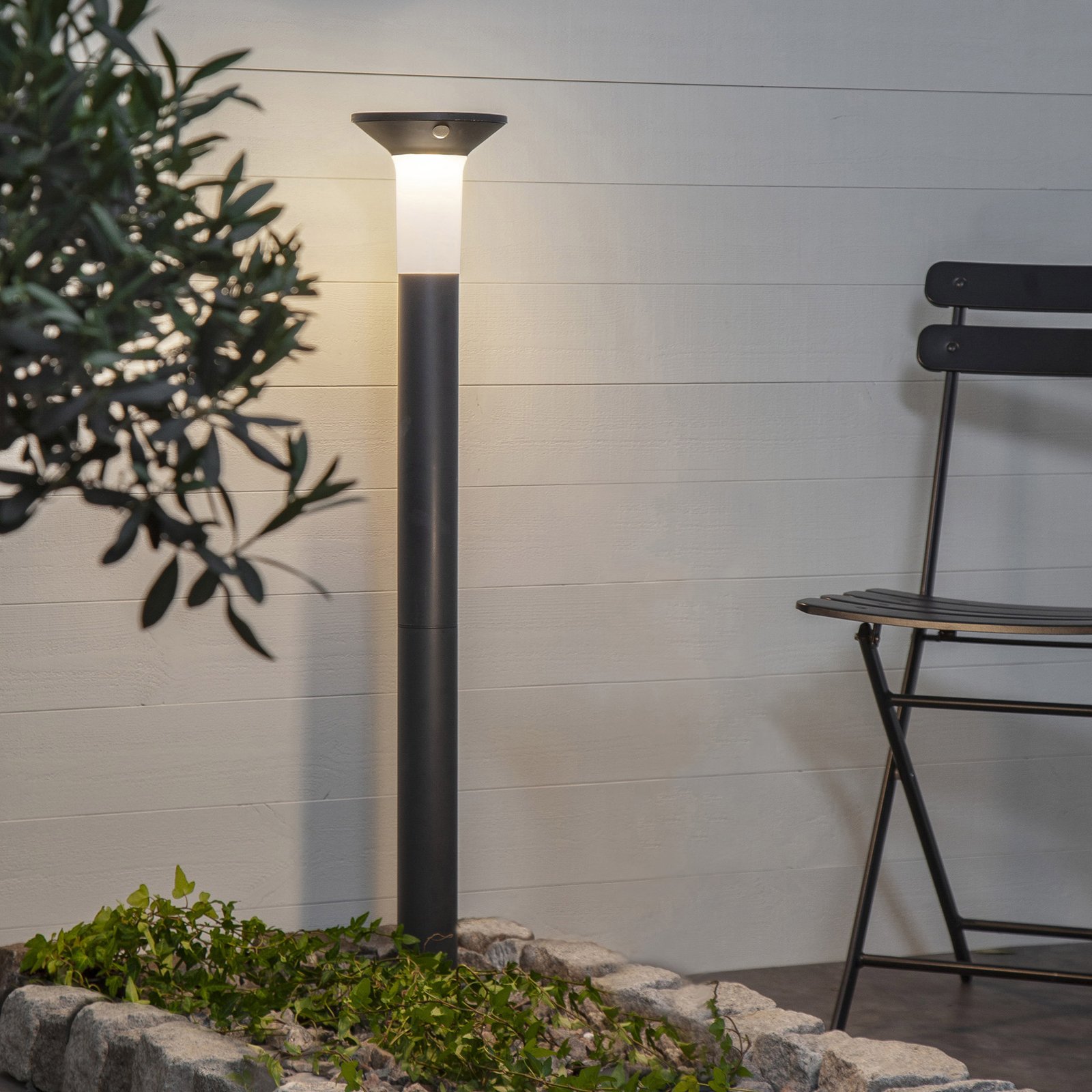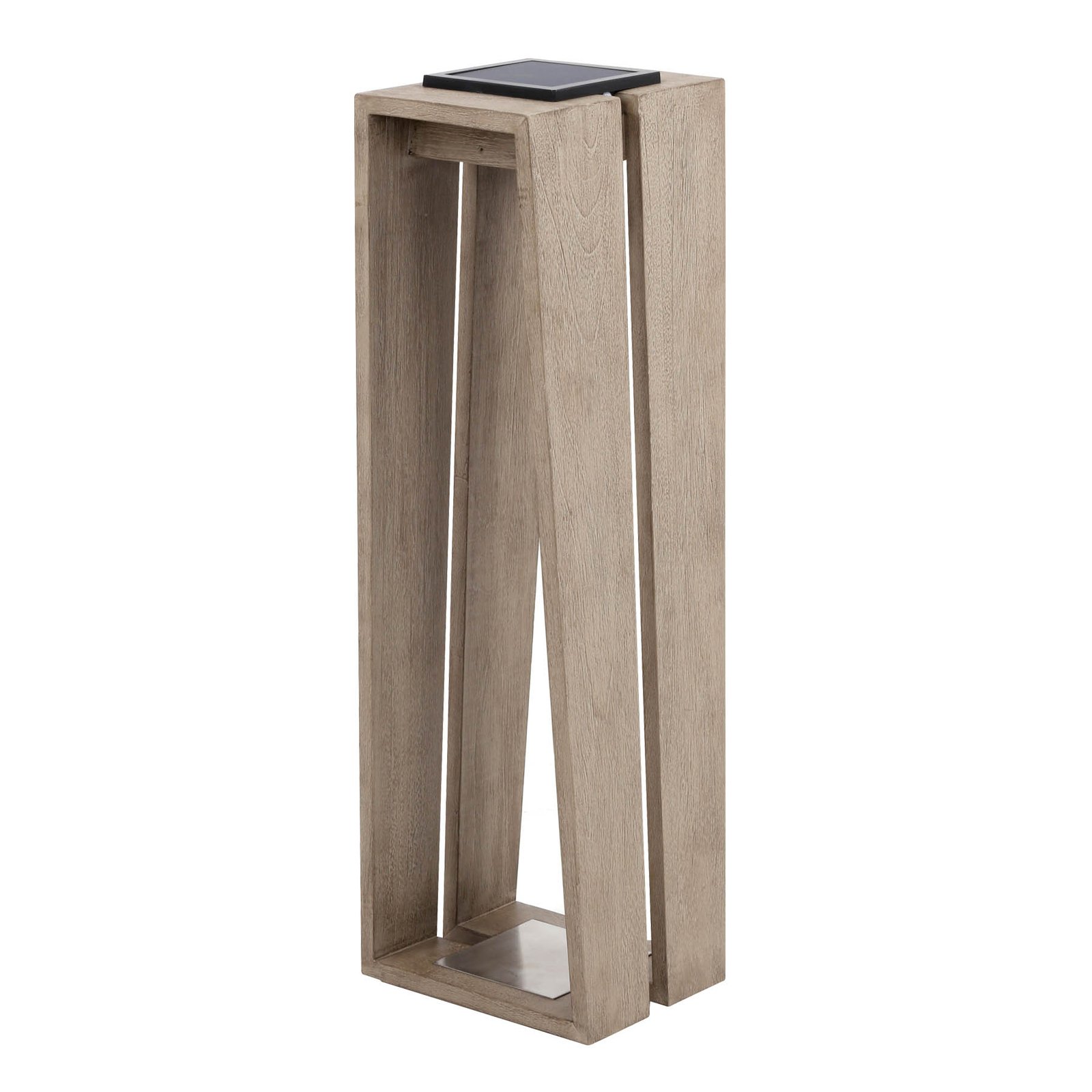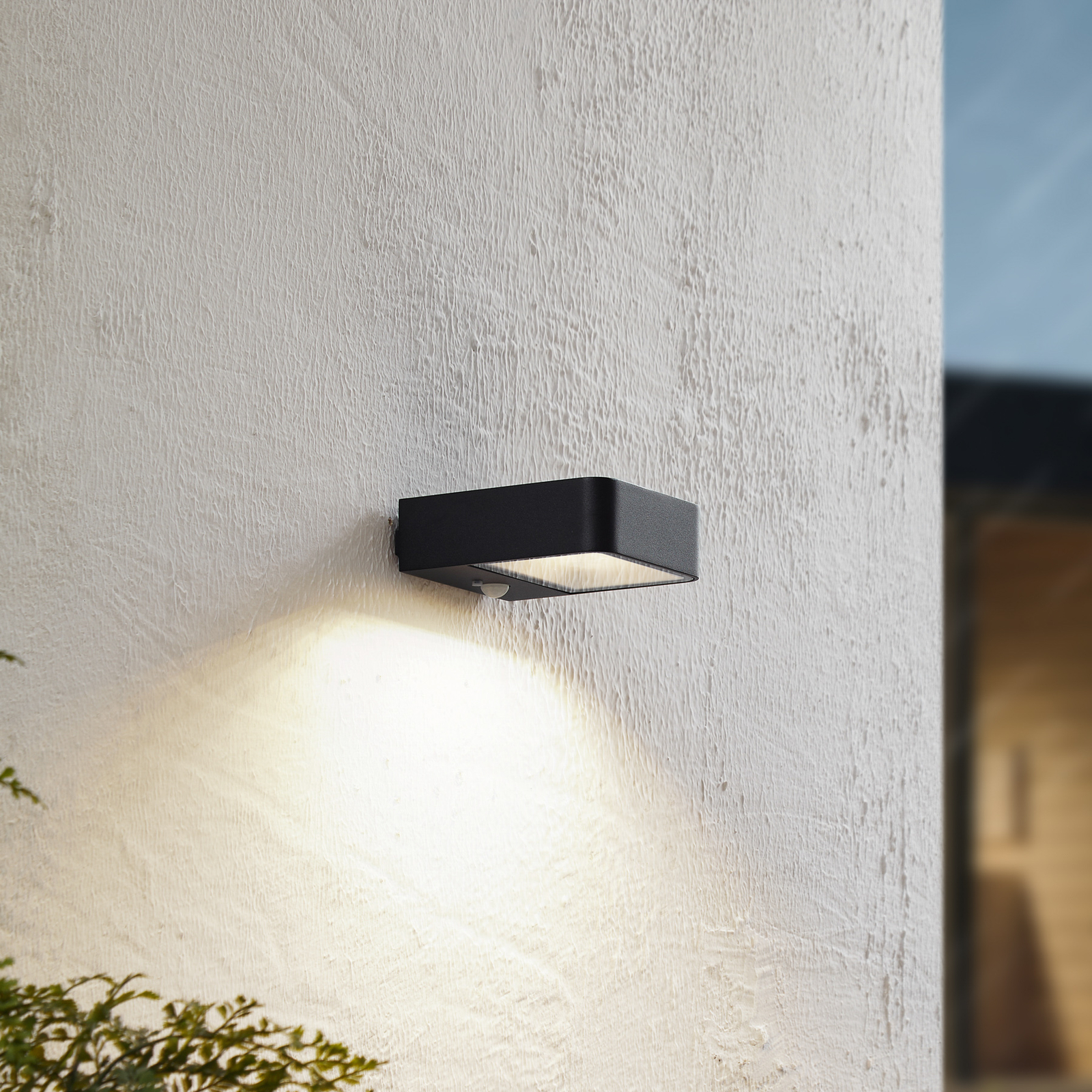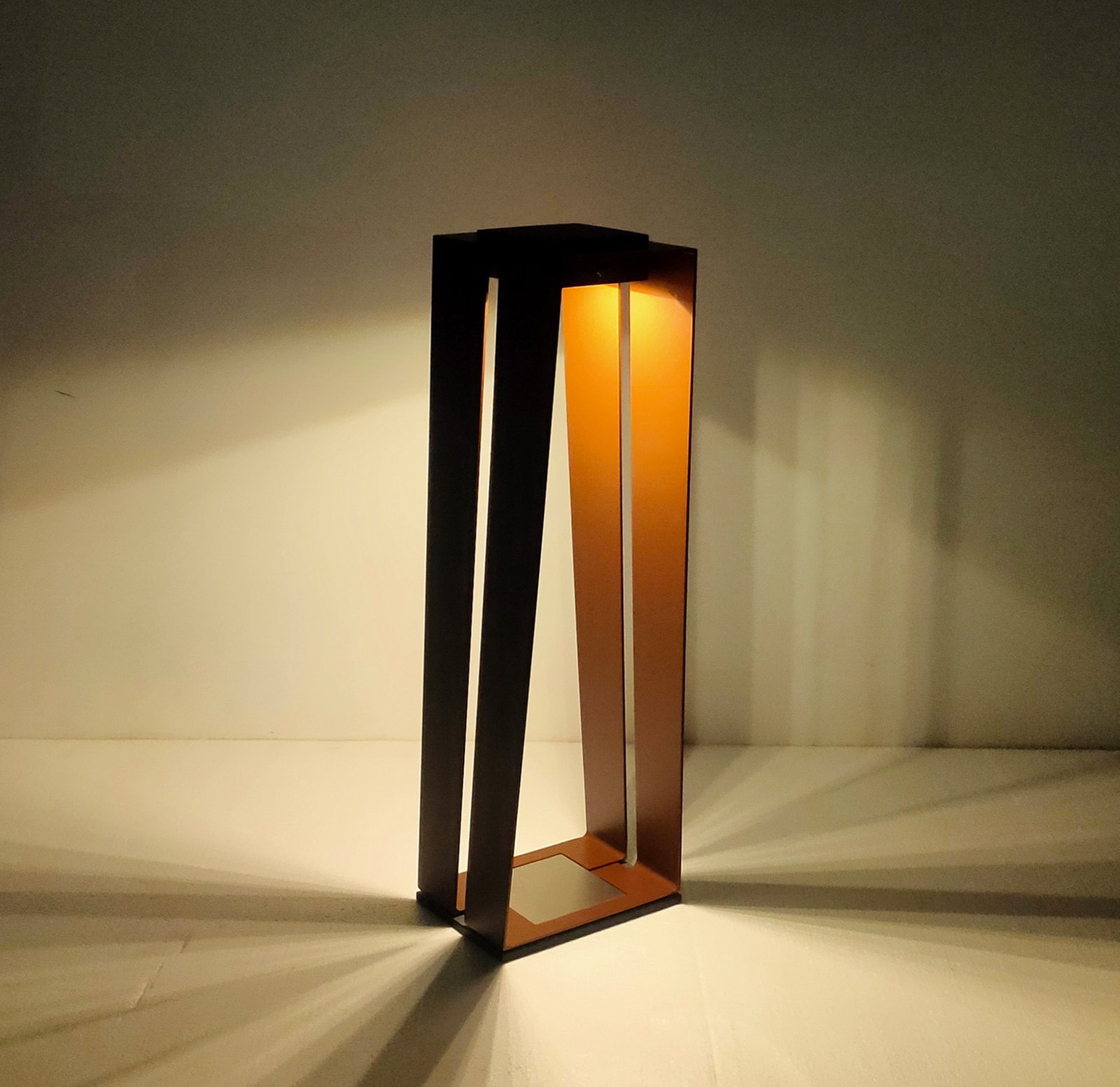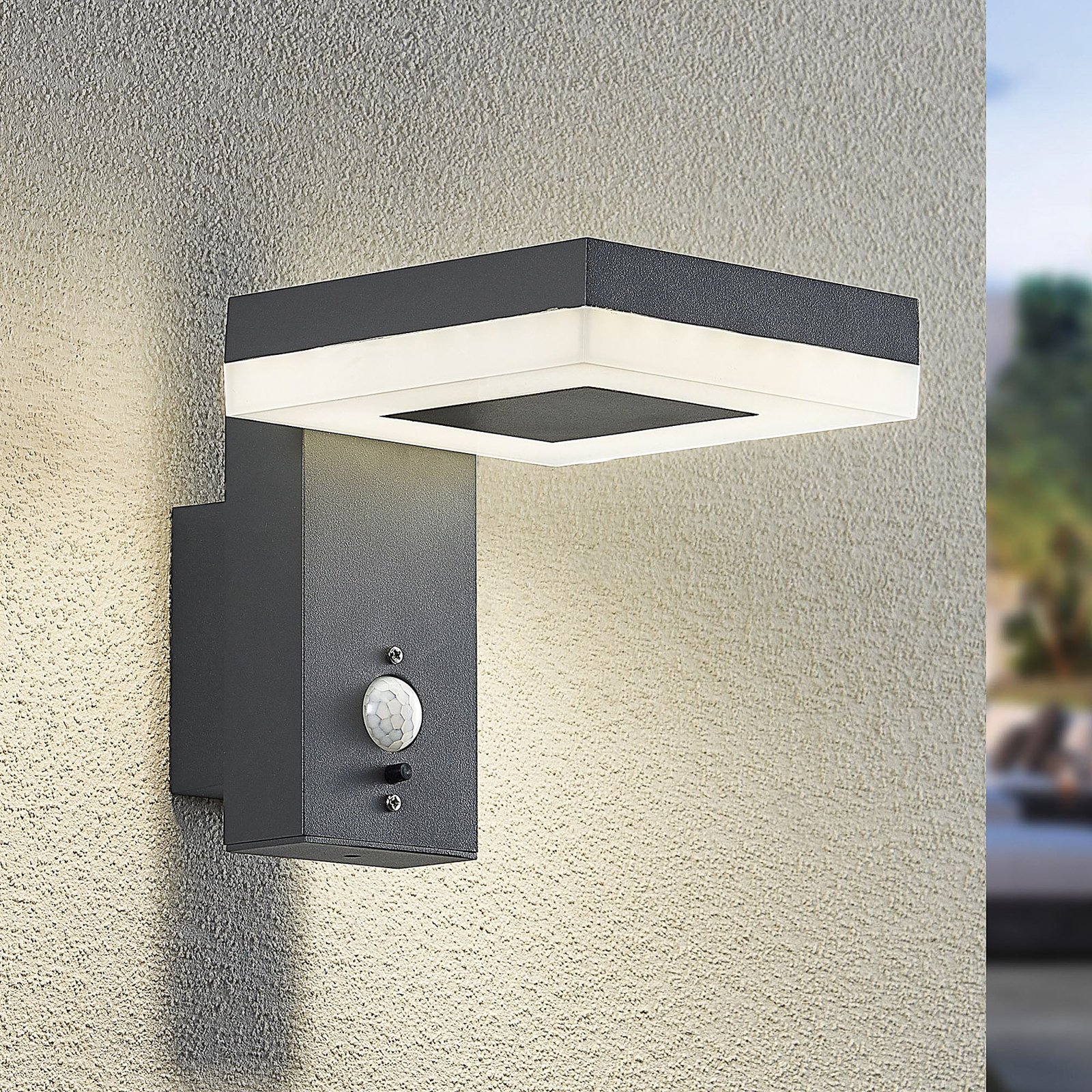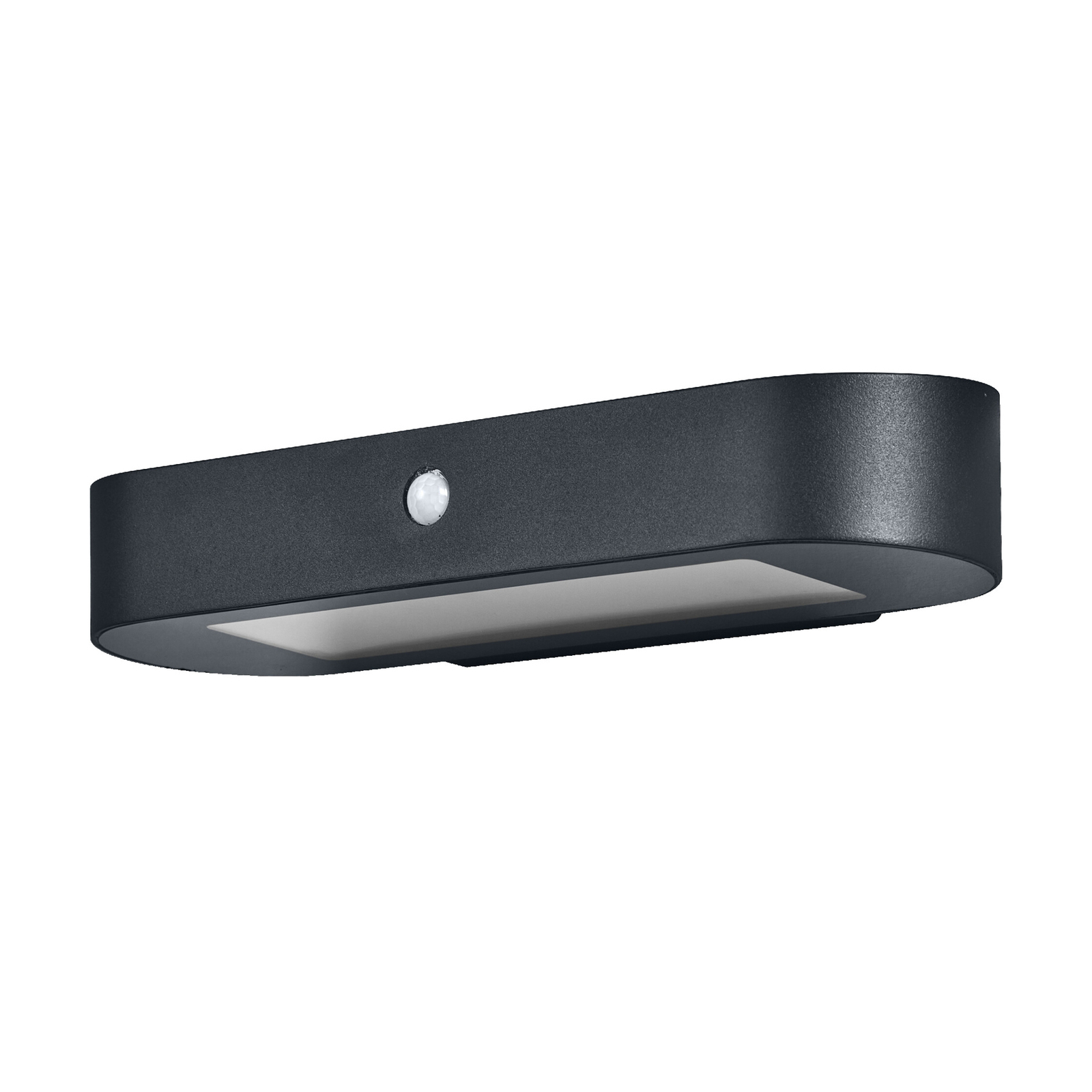- 50 days free returns
- Rated “Great” on Trustpilot
- The UK's largest selection of brands
Solar lights with motion detector - doubly practical, simply beautiful
Solar lights in themselves are a super practical, cool and, above all, environmentally friendly way to easily create illuminating highlights in your garden. But also to safely illuminate your garden paths, driveway or house entrance. Of course, solar is not only available in decorative lights, but also in wall or path lights, for example. Solar lights can therefore be decorative as well as practical.
But what does this already super practical, cool and environmentally friendly light achieve when paired with a motion detector? Very simple! A real dream team. Especially on garden paths & co. Because the light really only comes on when you need it. Not before and not after. This saves even more energy and also protects the light sources.
:format(jpeg))
:format(jpeg))
:format(jpeg))
Where should the solar light with motion detector be installed?
Of course, you can't install a path light on the wall and a wall light on the edge of the pavement. There's no question about it. And apart from that: Your new solar light should of course be installed where you need it. However, although you may have a favourite spot, you should also make sure that it gets enough sunshine** where it is to be placed. Because without the sun, there is no energy for your solar light. And without energy for the luminaire, there is no light for you. That's just the way it is. The keyhole would then have to be found again by chance. Incidentally, it is best for your solar light if the solar panel is orientated to the south. Then it's like being on holiday for your solar light - sunshine galore!
:format(jpeg))
Our tip: The place where the solar light should or perhaps must be positioned and the places where the sun shines simply don't fit together? Never mind! Simply opt for solar lamps where the solar module is not installed directly on the light, but connected to it by a cable. This means you can install the light where you need it and the solar module just round the corner where there is enough daylight.
Don't forget: Always select the appropriate protection class for your solar light! You can easily see which protection class the light you have selected has in the product details. Because no matter where in the garden, in the yard or on the wall of the house the new solar lights finally find their place - they are all exposed to the weather and other environmental influences. Some more, others less. Our table provides you with an initial overview of the protection offered by each type of protection:
| Digit IP4 X 4 | Protection against foreign bodies |
|---|---|
| 0 | No protection |
| 1 | Protected against solid foreign bodies ≥ 50 mm |
| 2 | Protected against solid foreign bodies ≥ 12.5 mm |
| 3 | Protected against solid foreign bodies ≥ 2.5 mm |
| 4 | Protected against solid foreign bodies ≥ 1 mm |
| 5 | Dustproof |
| 6 | Dustproof |
| Digit IP4 X | Protection against moisture |
|---|---|
| 0 | No protection |
| 1 | Protected against vertically impinging dripping water |
| 2 | Protected against dripping water at an angle |
| 3 | Protected against water spray |
| 4 | Protected against splash water |
| 5 | Protected against water jets |
| 6 | Protected against strong water jets |
| 7 | Protected against temporary submersion |
| 8 | Protected against permanent submersion |
You can find more information on the types of protection in our IP protection types guide.
What motion detectors are available and how do I set them correctly?
First of all: There are actually different motion detectors. Even if they all have the aim of making your life a little easier - namely through light that switches on and off automatically. However, the generic term motion detector basically summarises the various technologies used. The best-known type of motion detector - also outdoors in the garden & co. and therefore also for solar lamps - is the one with infrared technology (also called PIR sensor = passive infrared sensor). Using a pyro sensor, this motion detector reacts to changing heat radiation within a detection area.
And precisely this detection range can vary from luminaire to luminaire. The best thing to do here is to look at the product description for the detection range and detection angle and see which is best suited to your garden. For a path, for example, a detection angle of 120 degrees is sufficient. 120 degrees is not enough for you? You want 360? No problem either! Because there are. You can then customise these with fades in most cases.
Do solar lights with motion detectors also use modern LED technology?
Of course they do. Because LED is not only the future of lighting technology, but already the present. And what do modern LED technology paired with environmentally friendly solar technology plus a super practical motion detector produce? An even better Dreamteam! And all this in a single light - for your garden! Would you like to know the advantages of LED once again? Of course, here they are:
Modern LEDs...
- save 90 % electricity compared to standard incandescent lamps and 60 % compared to halogen lamps
- give 100 % brightness immediately after switching on
- have very good light quality in colour rendering and light colour
- are very compact and therefore enable very slim designs
:format(jpeg))
:format(jpeg))
Are there solar lights with motion detectors made of stainless steel?
Made of high-quality plastic, aluminium and also with glass. Or even stainless steel. Solar lamps with motion detectors are also available in a wide variety of materials. And one of them is actually stainless steel. Why stainless steel? It's quite simple. Because stainless steel has long since become a real classic, especially in outdoor areas. And for good reason - er, good reasons:
- Stainless steel simply looks good. Always. And everywhere.
- Stainless steel is very stable.
- Stainless steel is simply less sensitive to corrosion.
- Stainless steel is temperature resistant.
- Stainless steel is easy to clean.
:format(jpeg))
:format(jpeg))
:format(jpeg))
How long does the battery capacity last?
Well, unfortunately we can't give you a generalised answer to that either. Because how long the battery lasts simply varies greatly from model to model. How long the solar light shines depends not only on the type of solar light, but above all on its quality. To be more precise: the quality of the battery and also of the lamps that light up in the evening. And - a very important thing - from the solar energy absorbed during the day. This means that the light duration can vary between 5 and 20 hours. As a rule, however, it is a good 8 to 10 hours, which most solar lights can easily manage.
Are there solar lights with motion detectors and with ground spikes?
Not only light exactly when you need it, but also exactly in the place where you need it. Even if this place changes from time to time. Is that not possible, you think? Is possible, we tell you. With solar lights with motion detector - and with earth spike. Yes, they really do exist. And they are super practical. Because you...
- use the solar energy to light the way to your house in the evening.
- But really only if you are on the right track. Otherwise not. The light stays off. This saves an enormous amount of energy and also protects the light sources.
- And thanks to the ground spike, you can easily move the lights to another location at any time. Just the way you want it. No need to check foundations, complicated installation and cable laying.
Did you know? * For lights with motion detectors, you should always use LEDs . Because: LED lamps provide 100 % brightness immediately without delay. Incandescent and halogen lamps do this too, but they are really no longer an alternative. And energy-saving lamps ? No, also **not a good choice because these have a start-up time . And nobody needs a motion detector that only gives light when it's too late.
The strike-through prices correspond to the manufacturer's RRP.
All prices include 20% VAT, delivery costs excluded.




































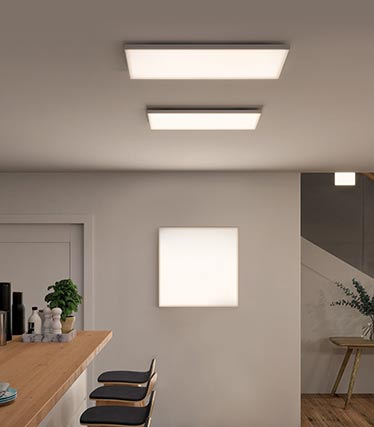









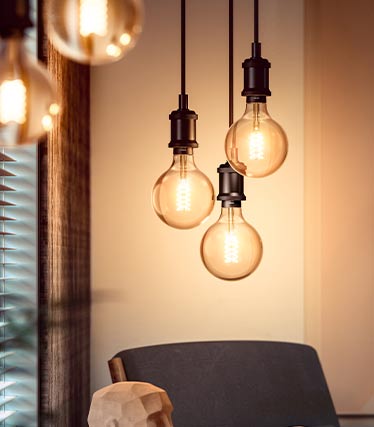








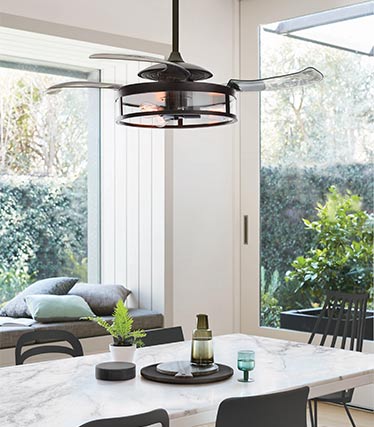

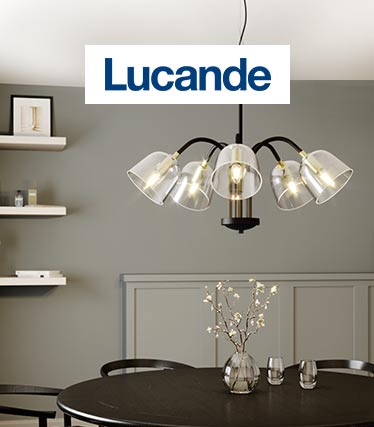




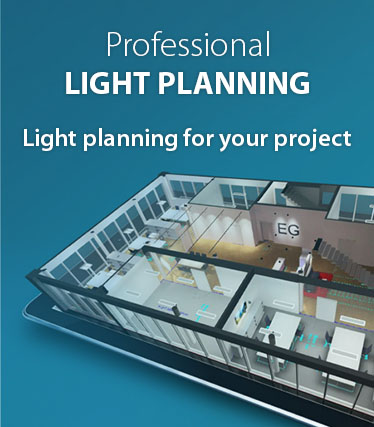




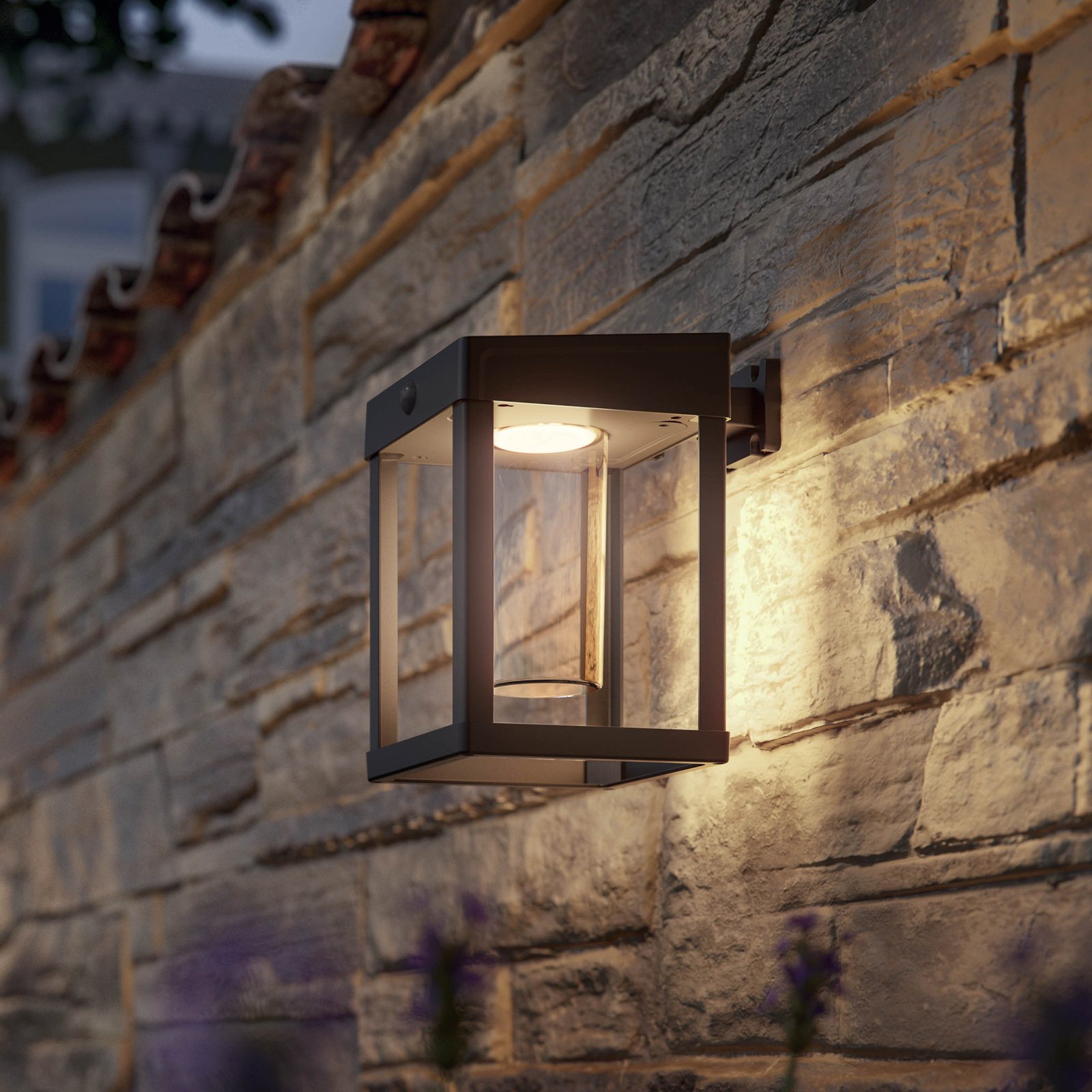
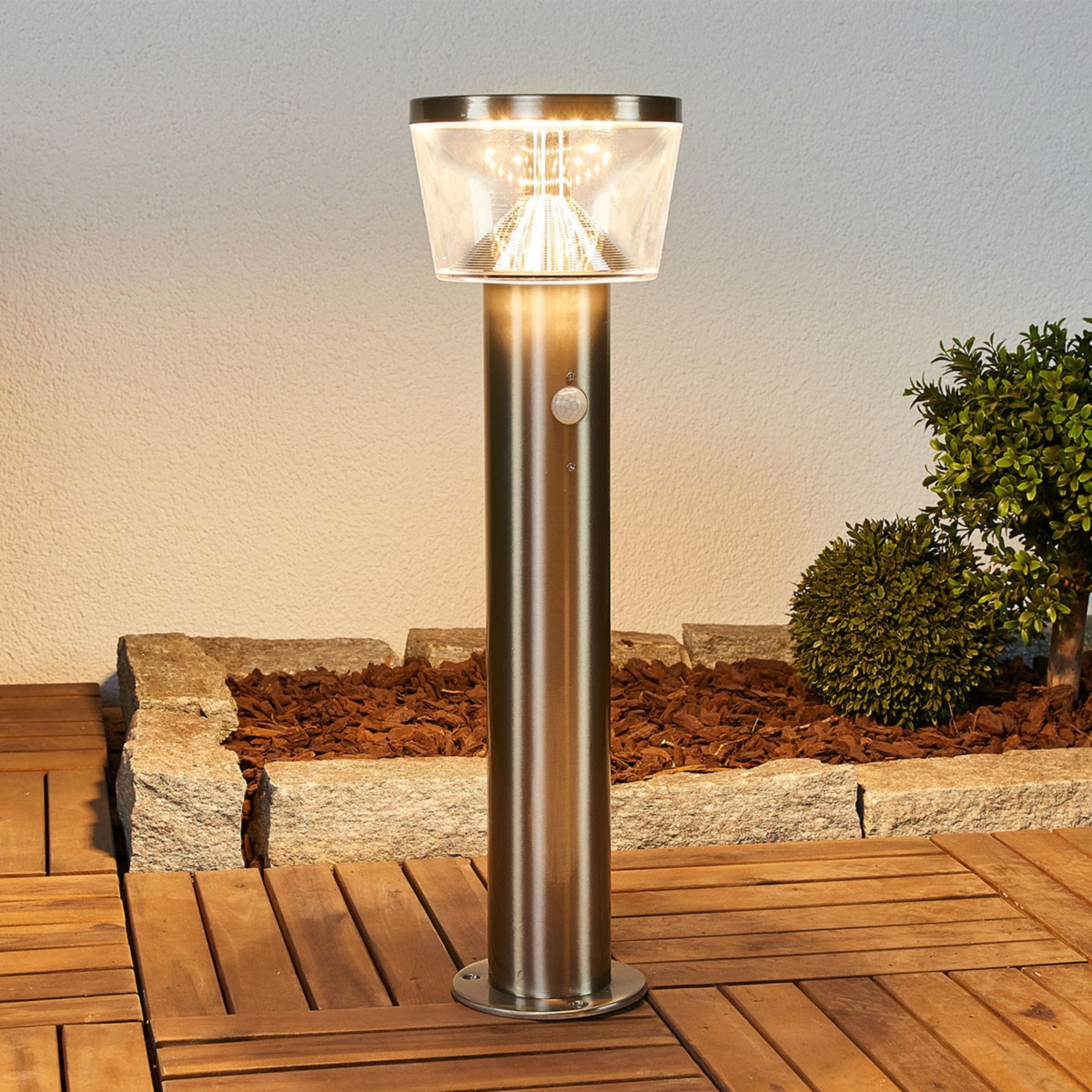

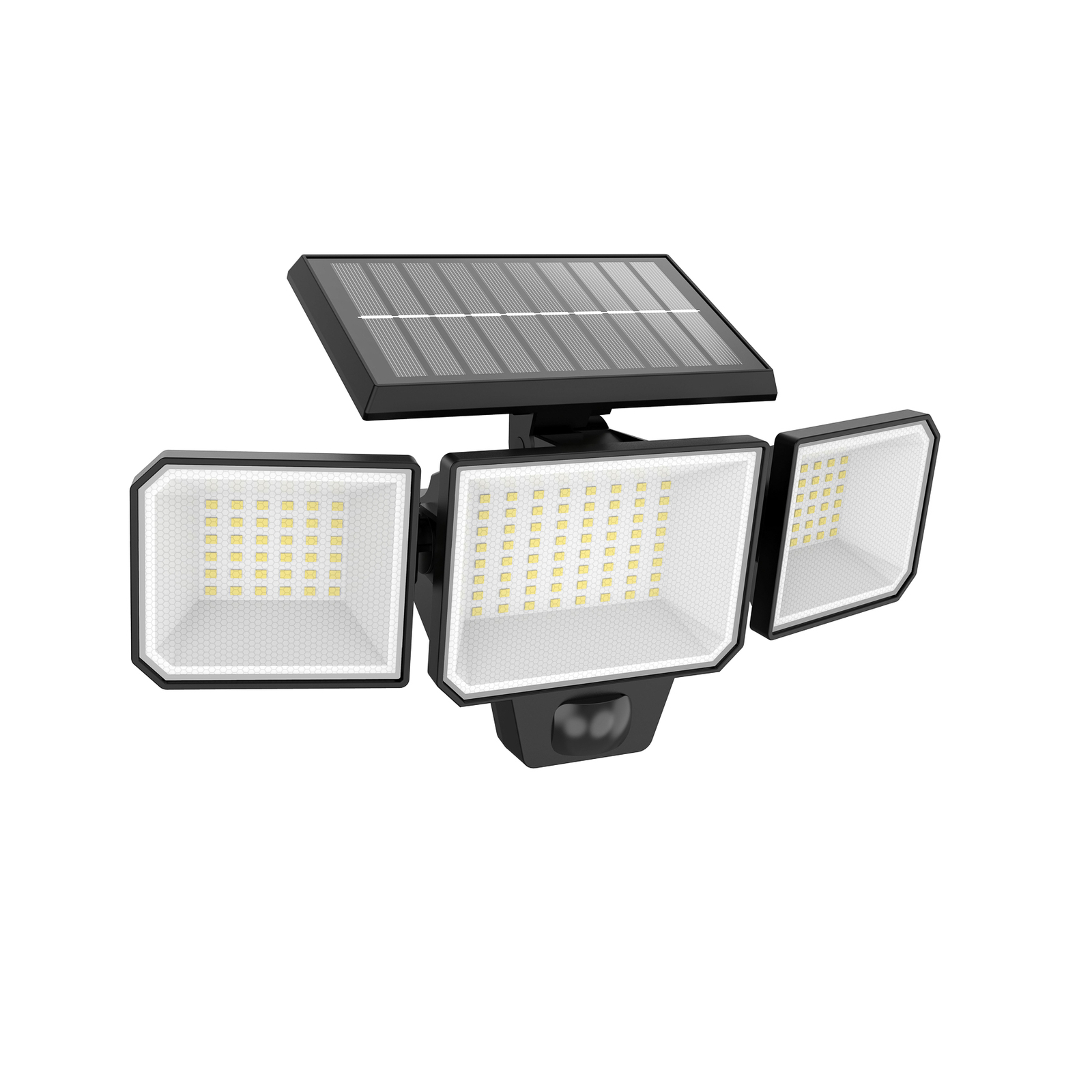
:format(jpeg))
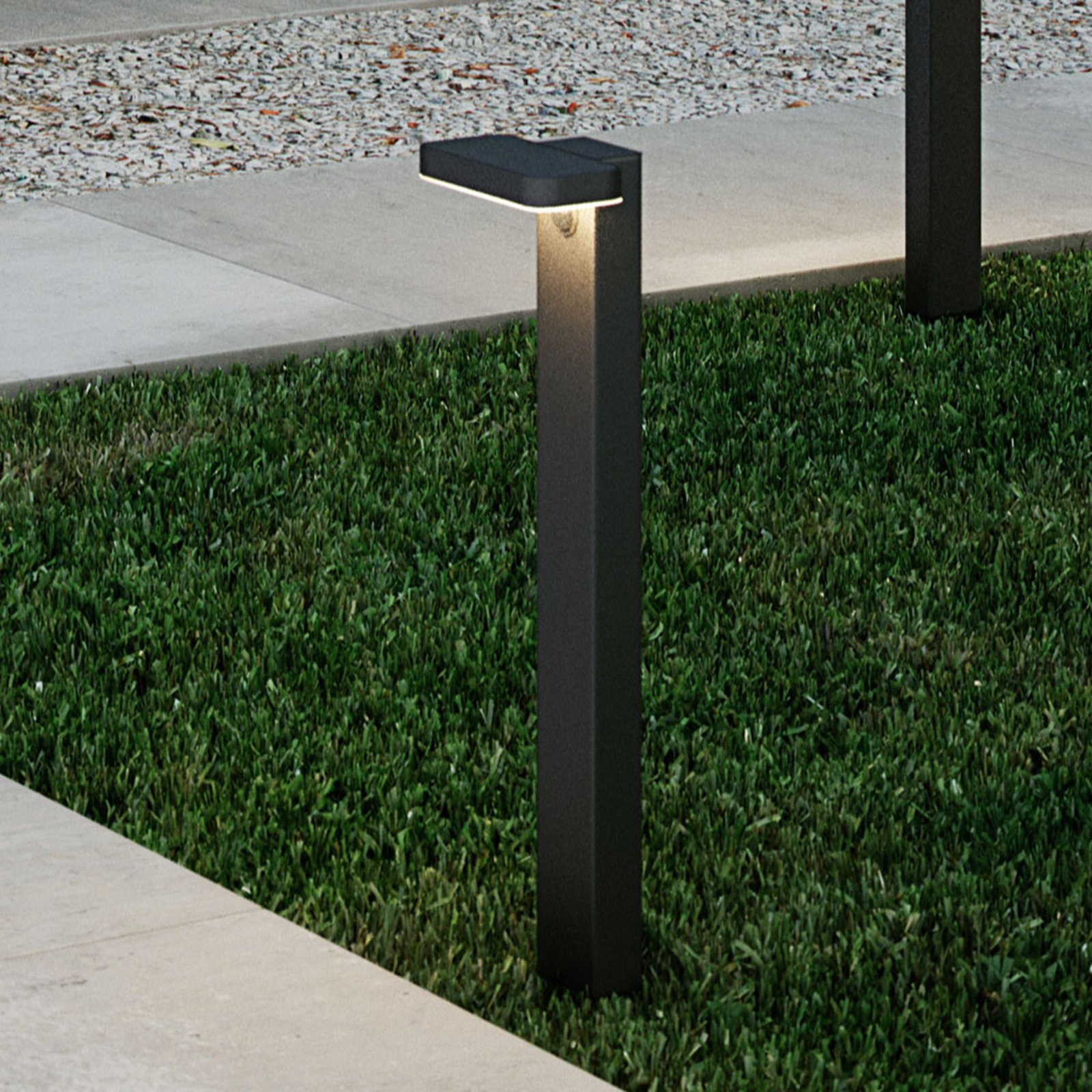
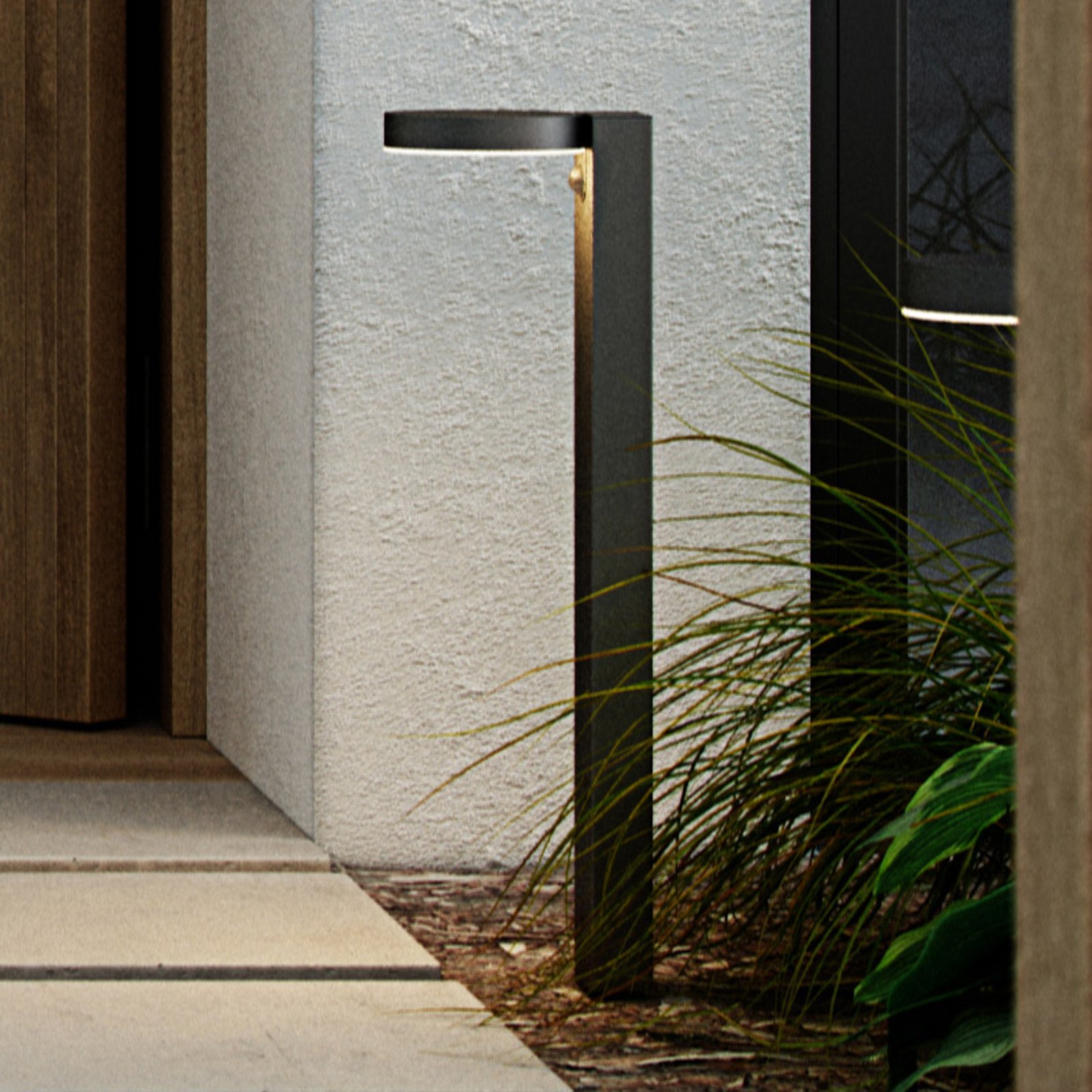
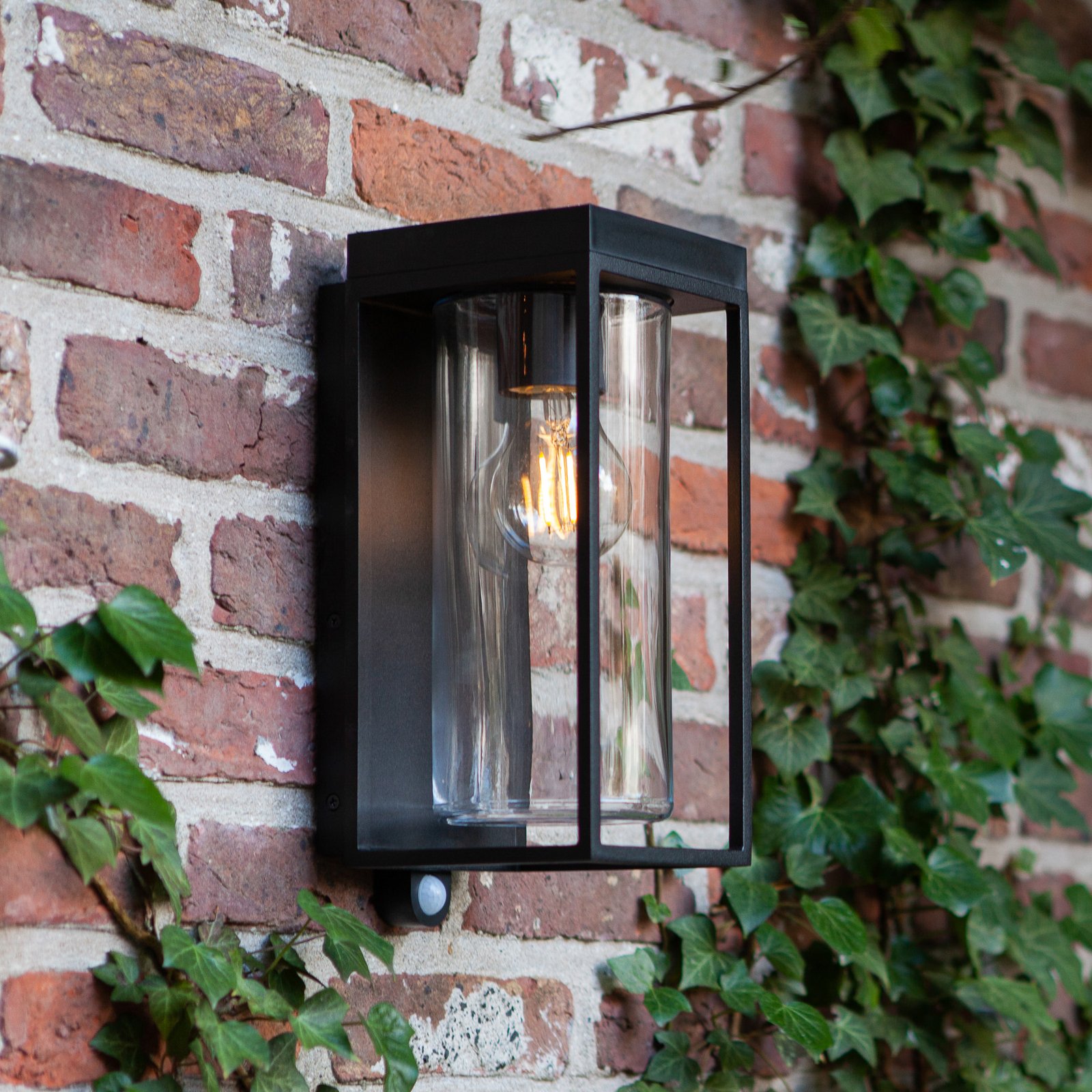
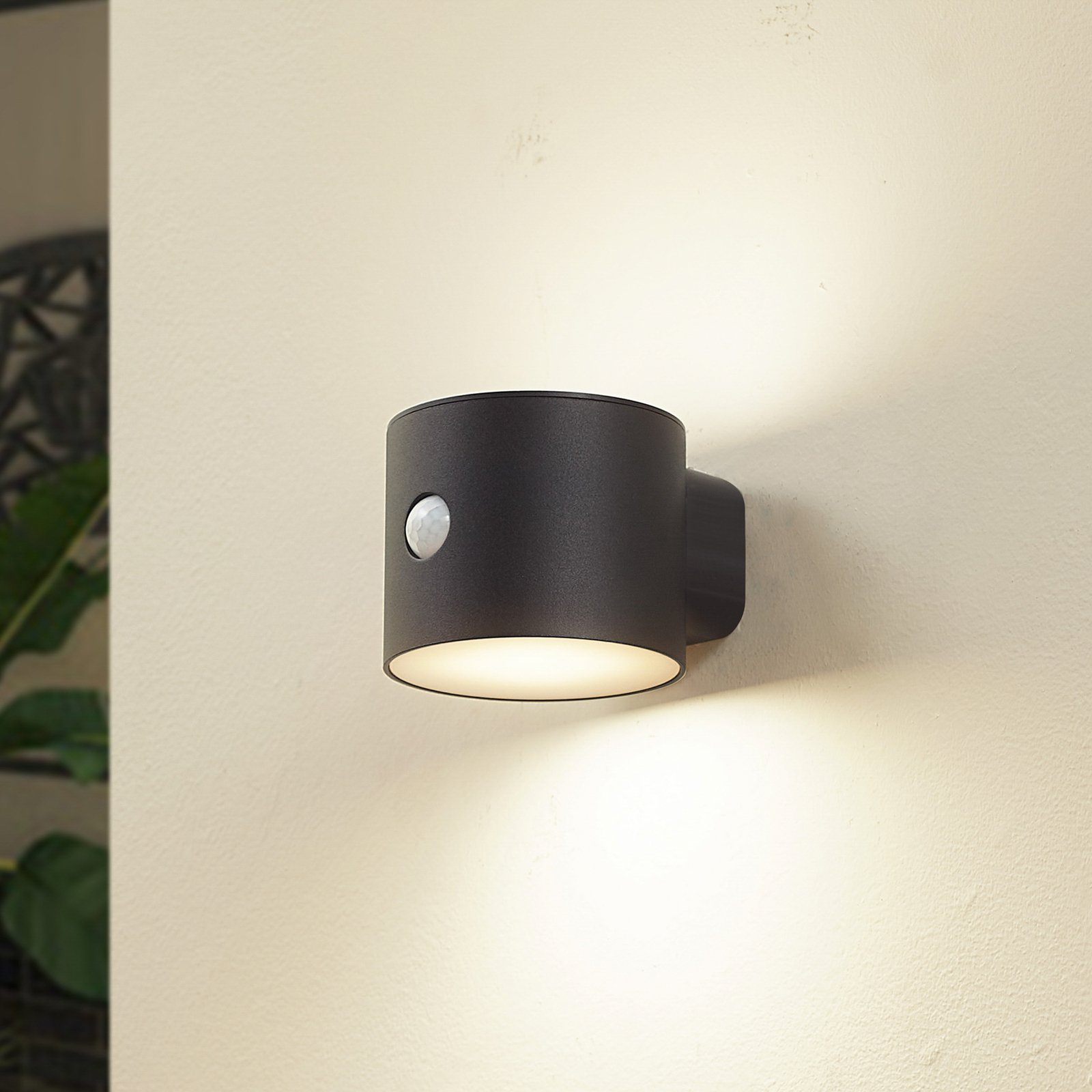
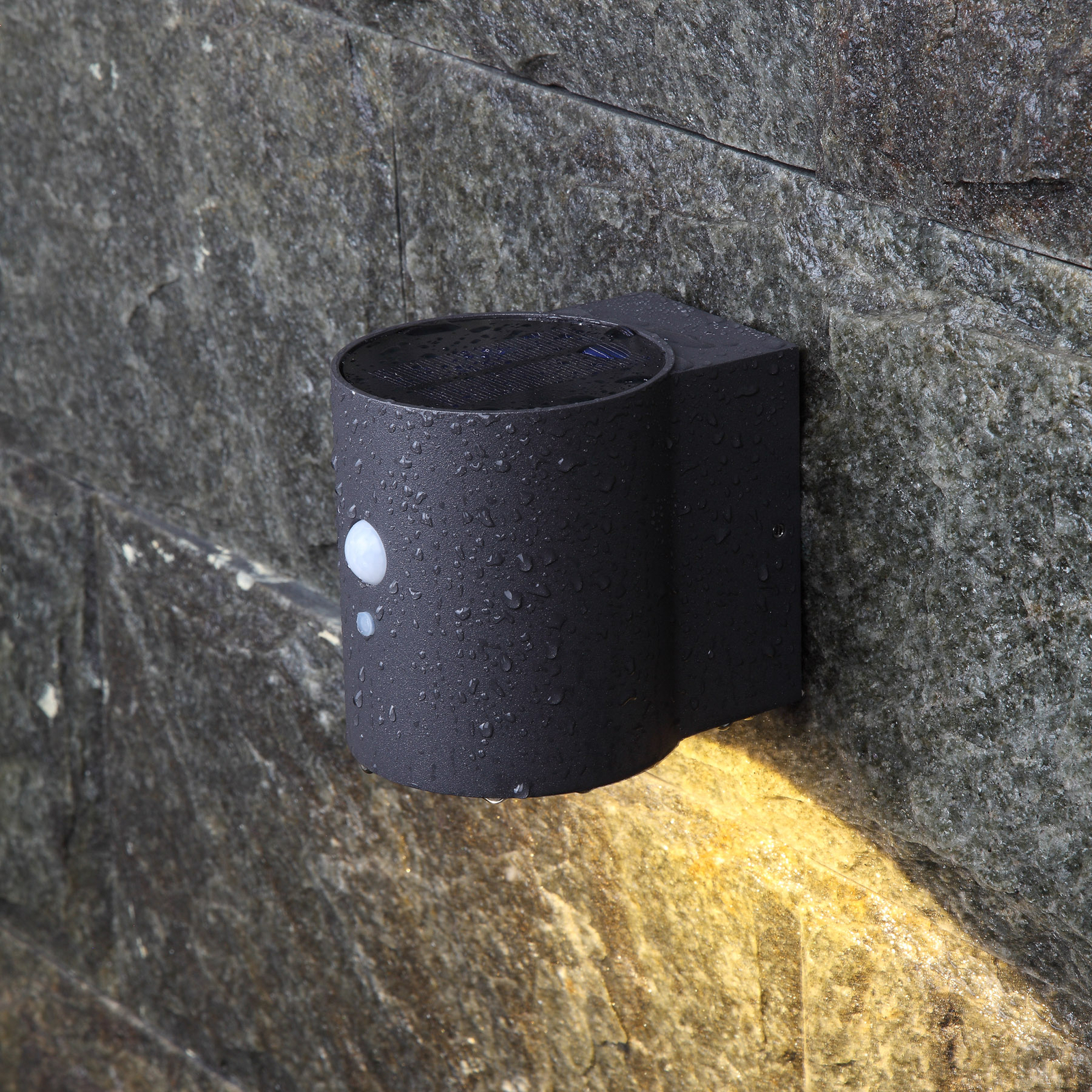
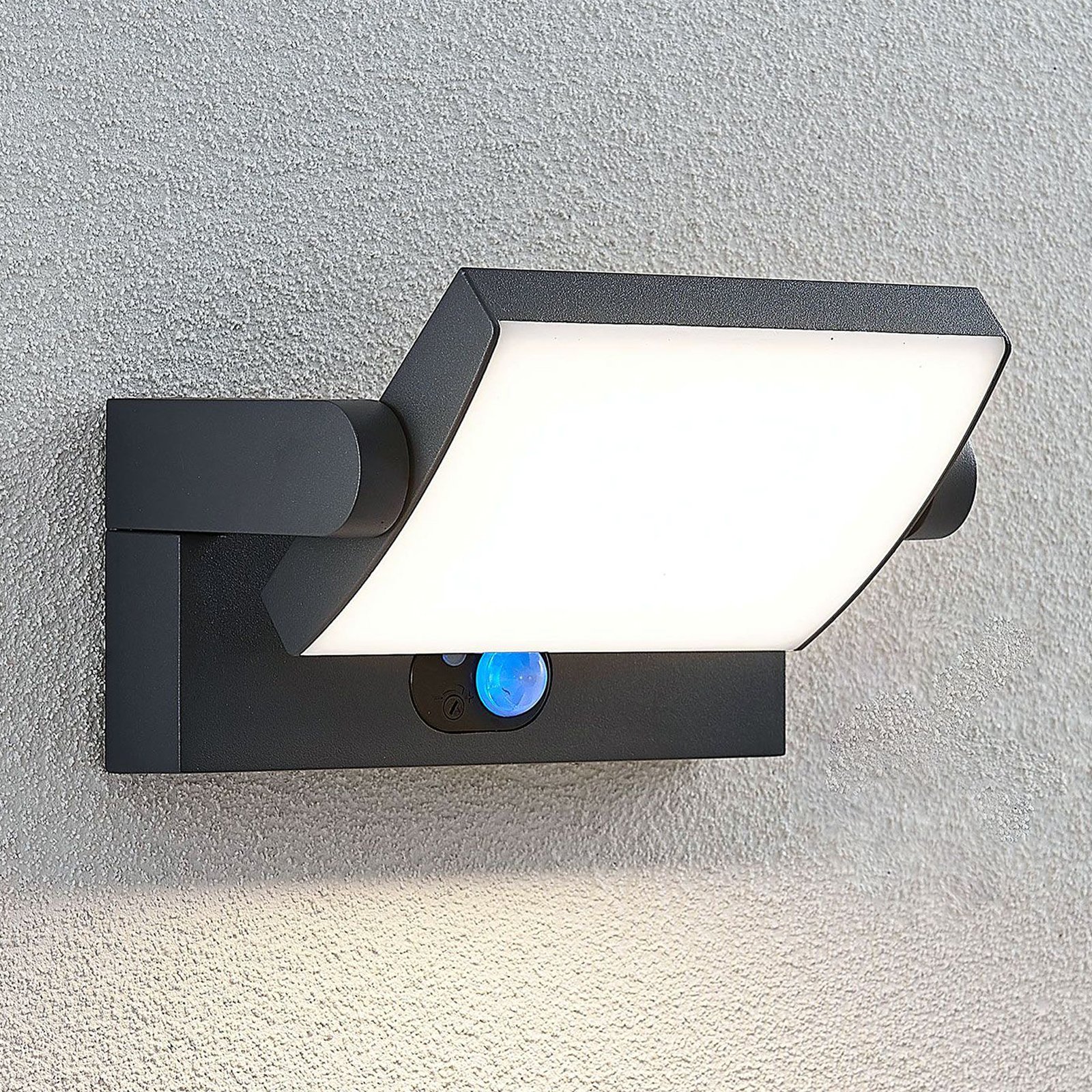
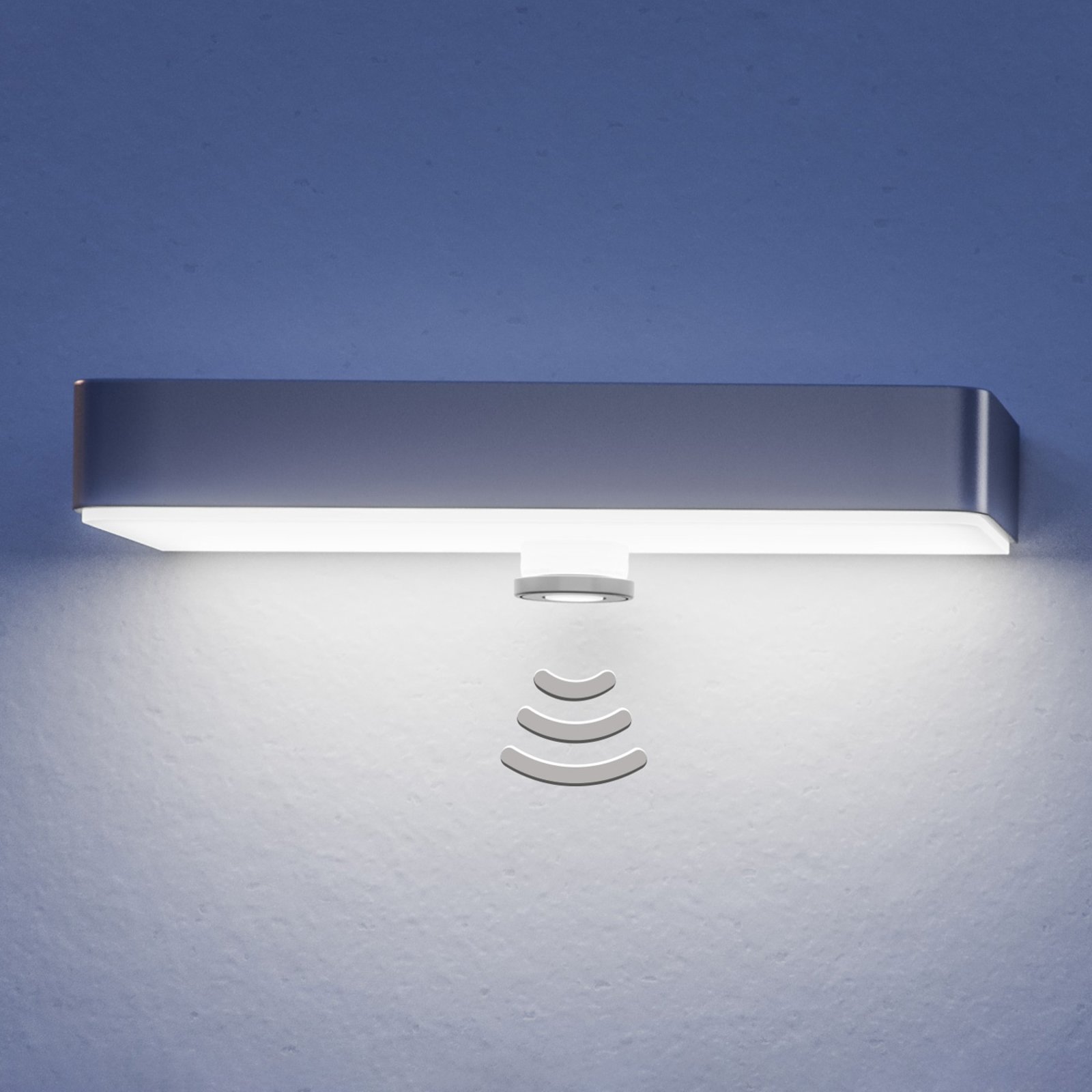
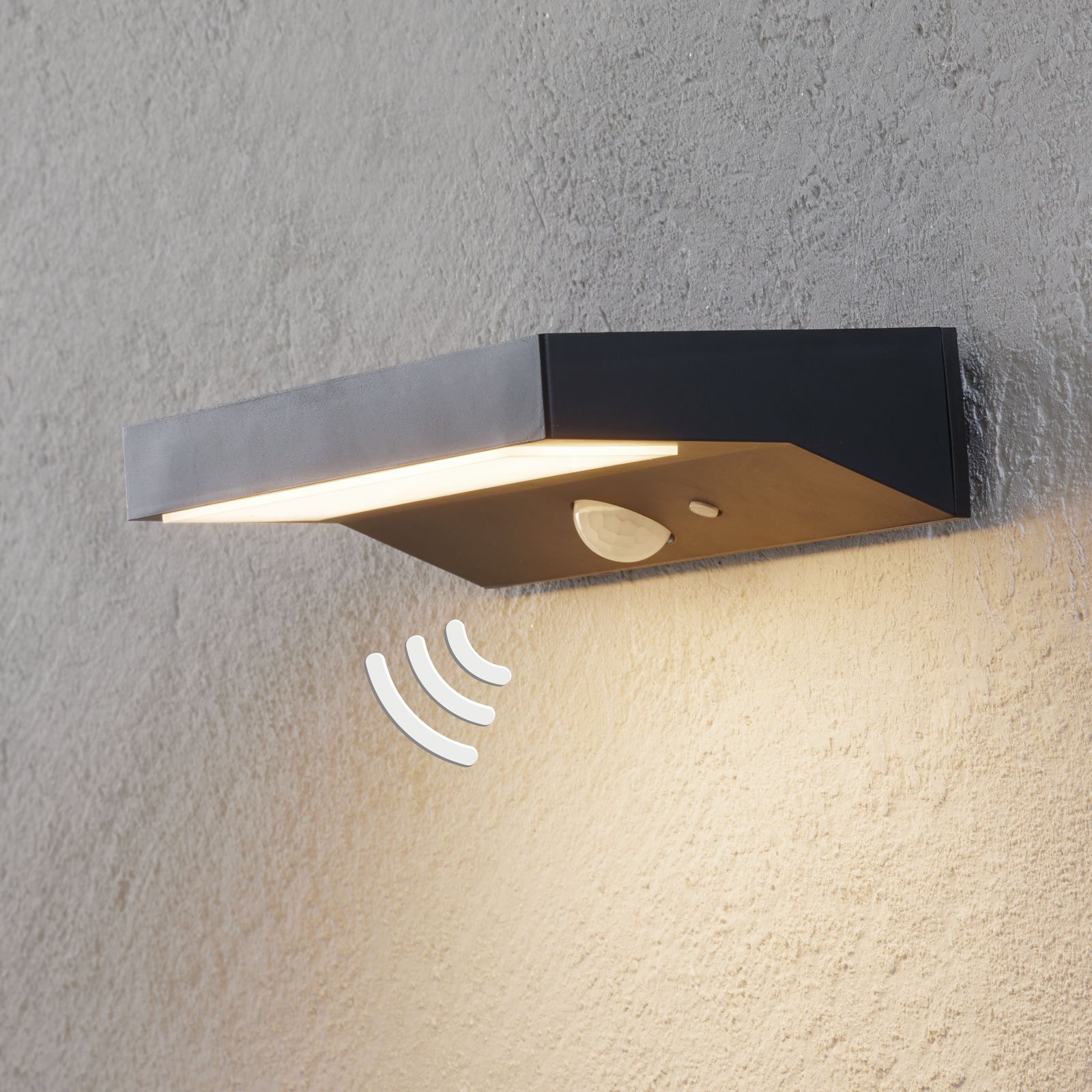
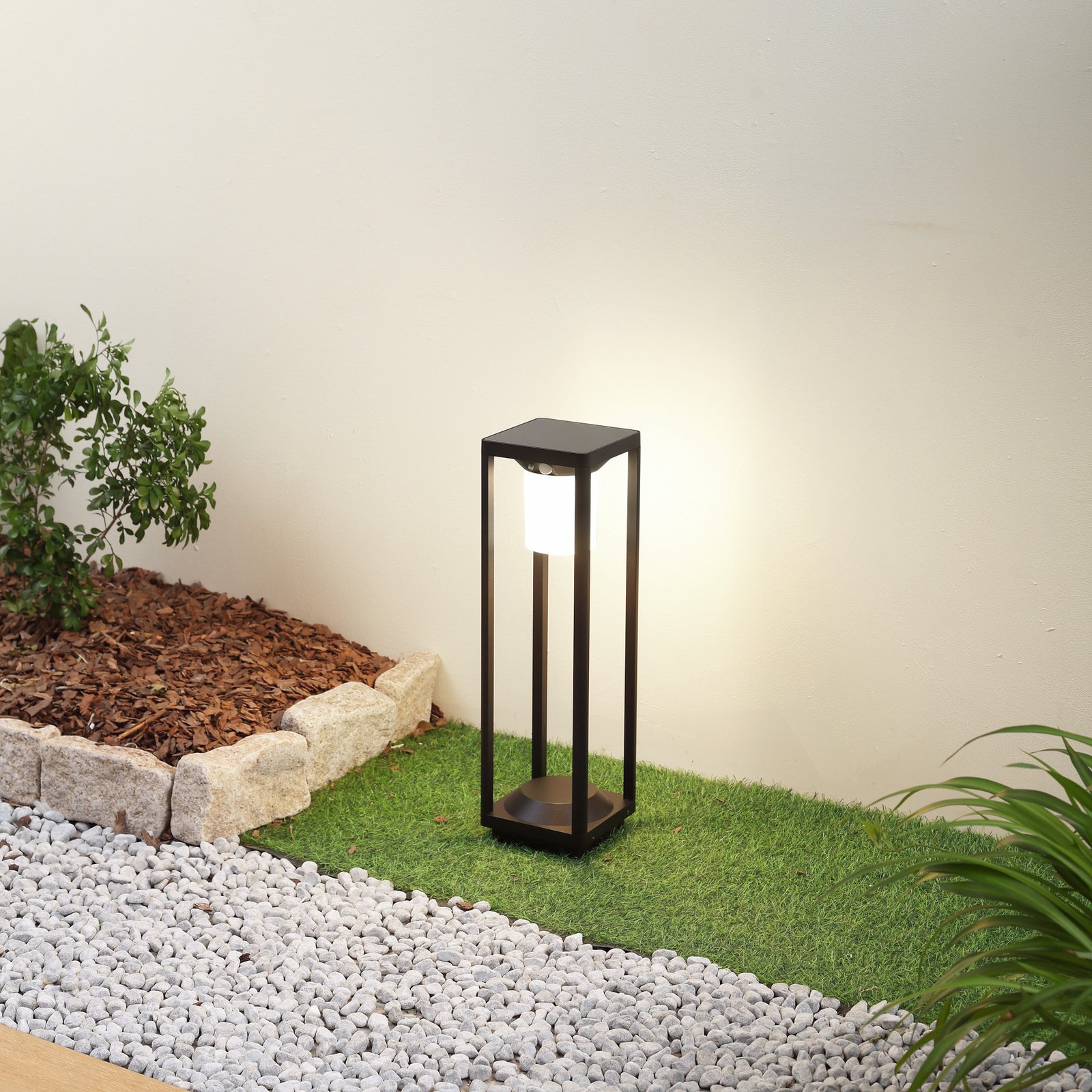
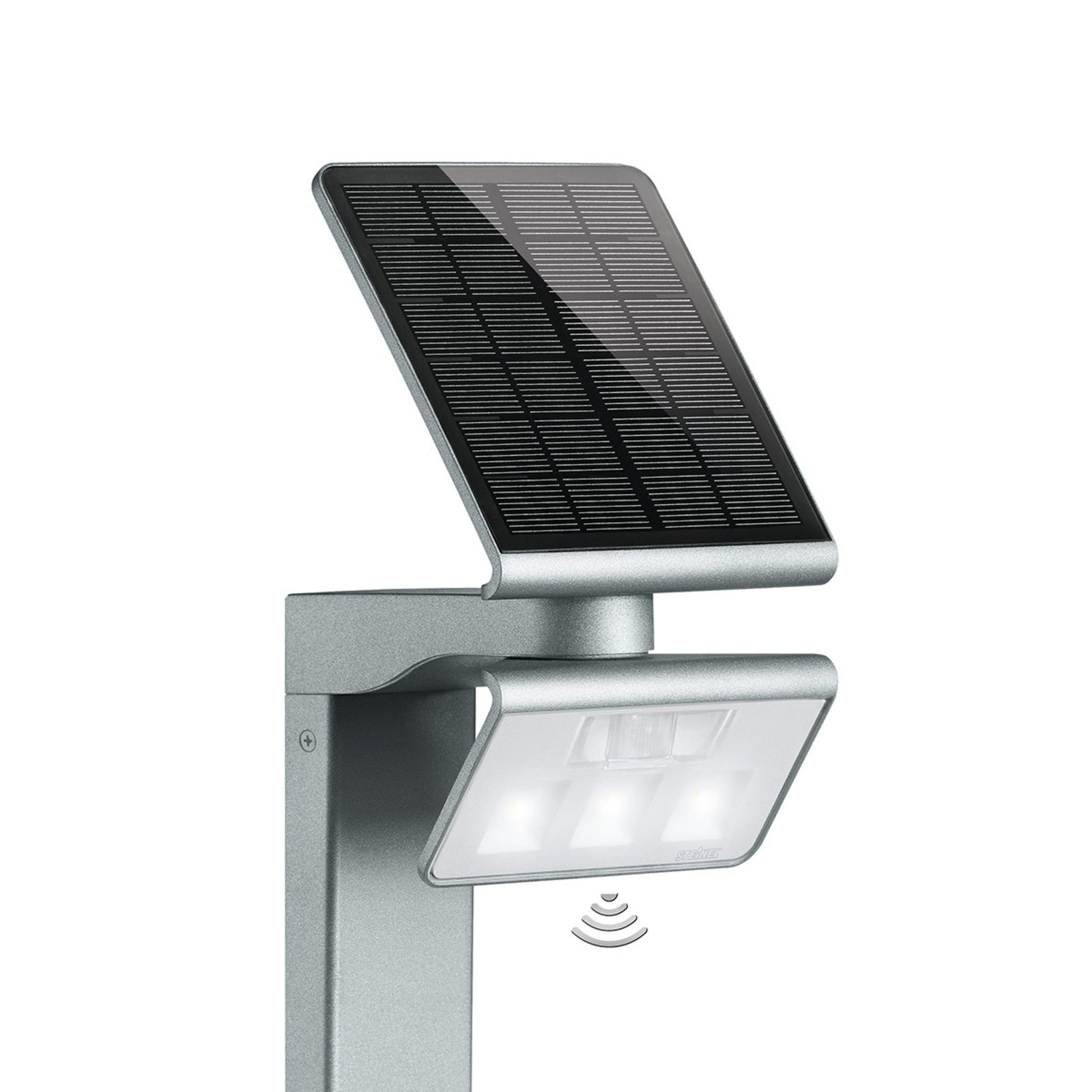
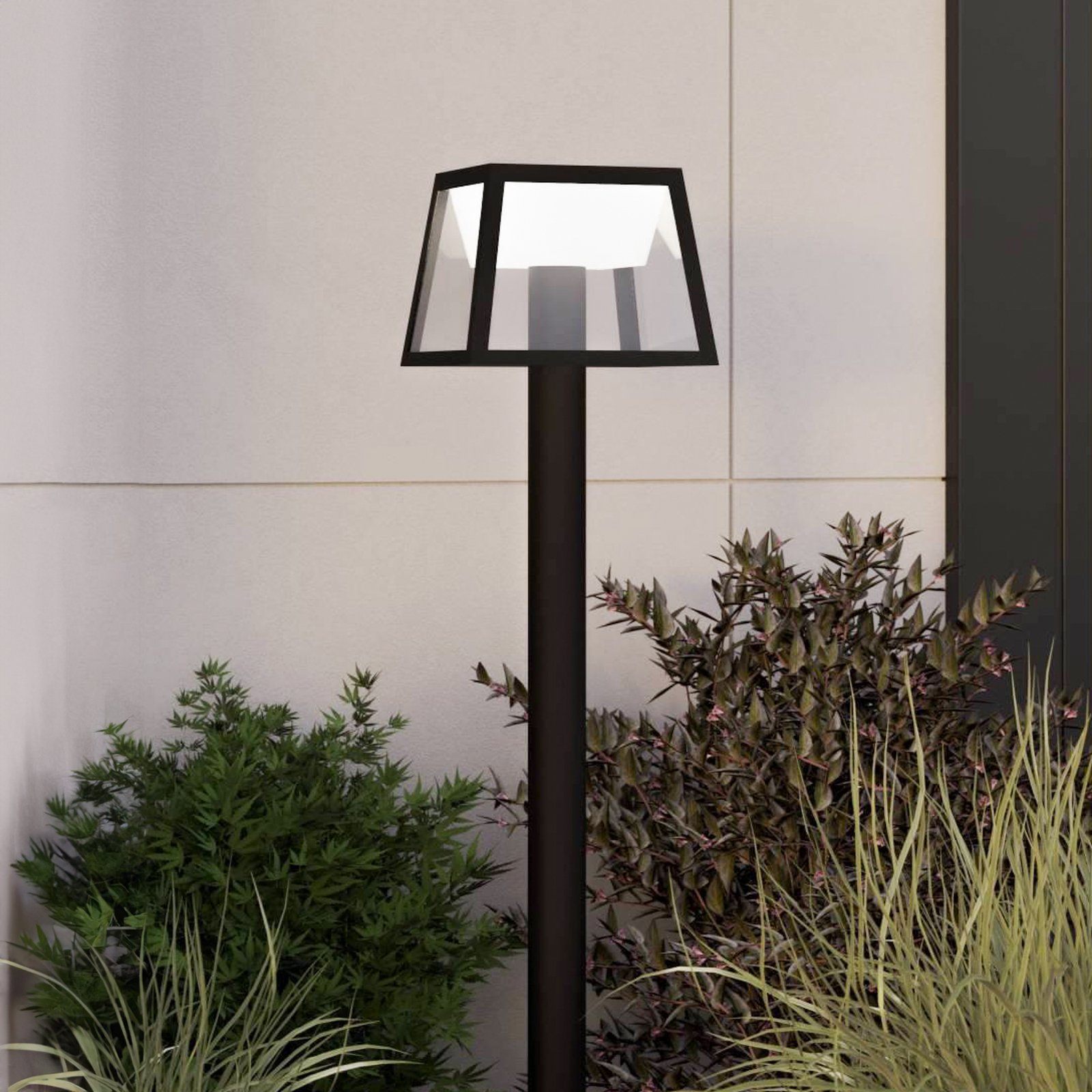
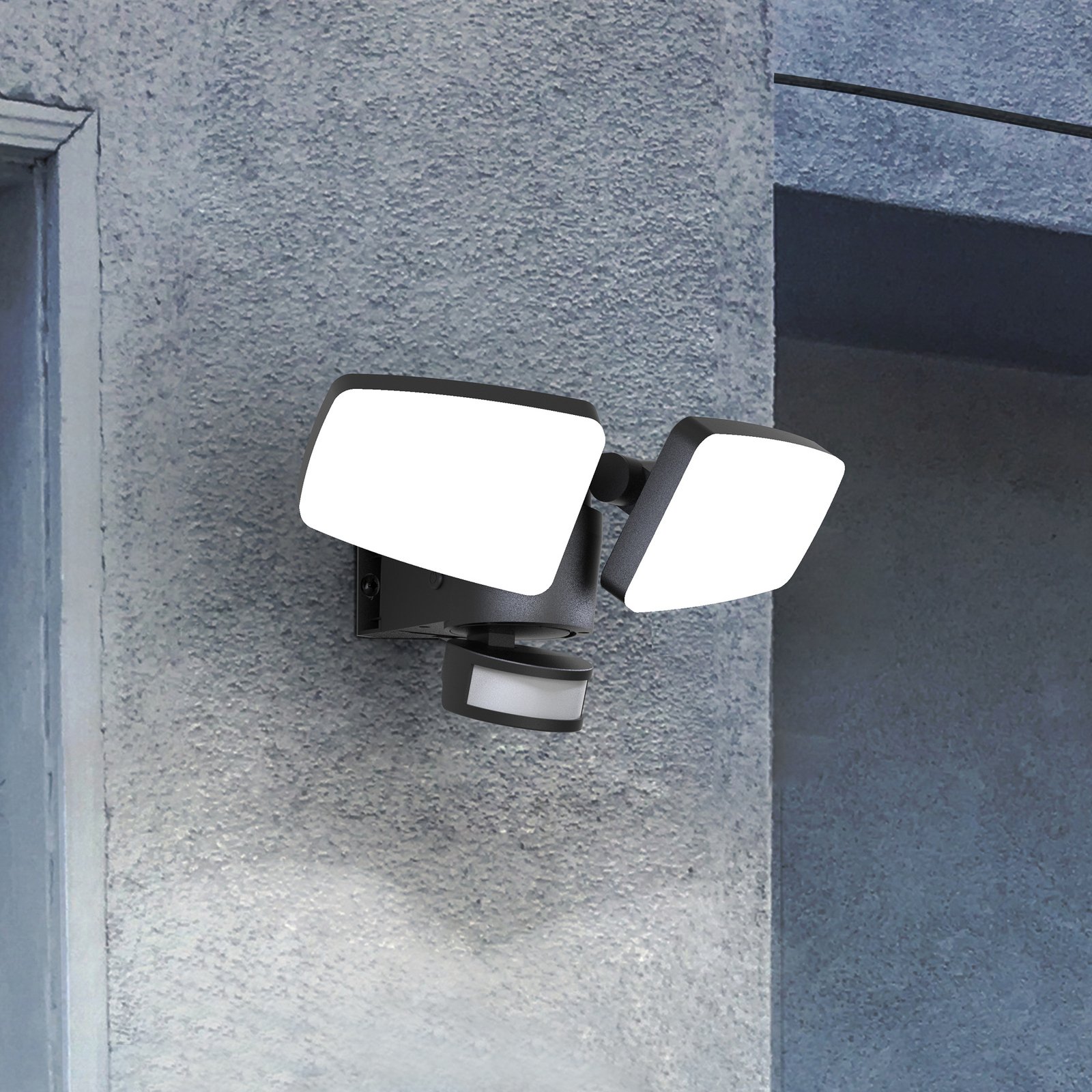
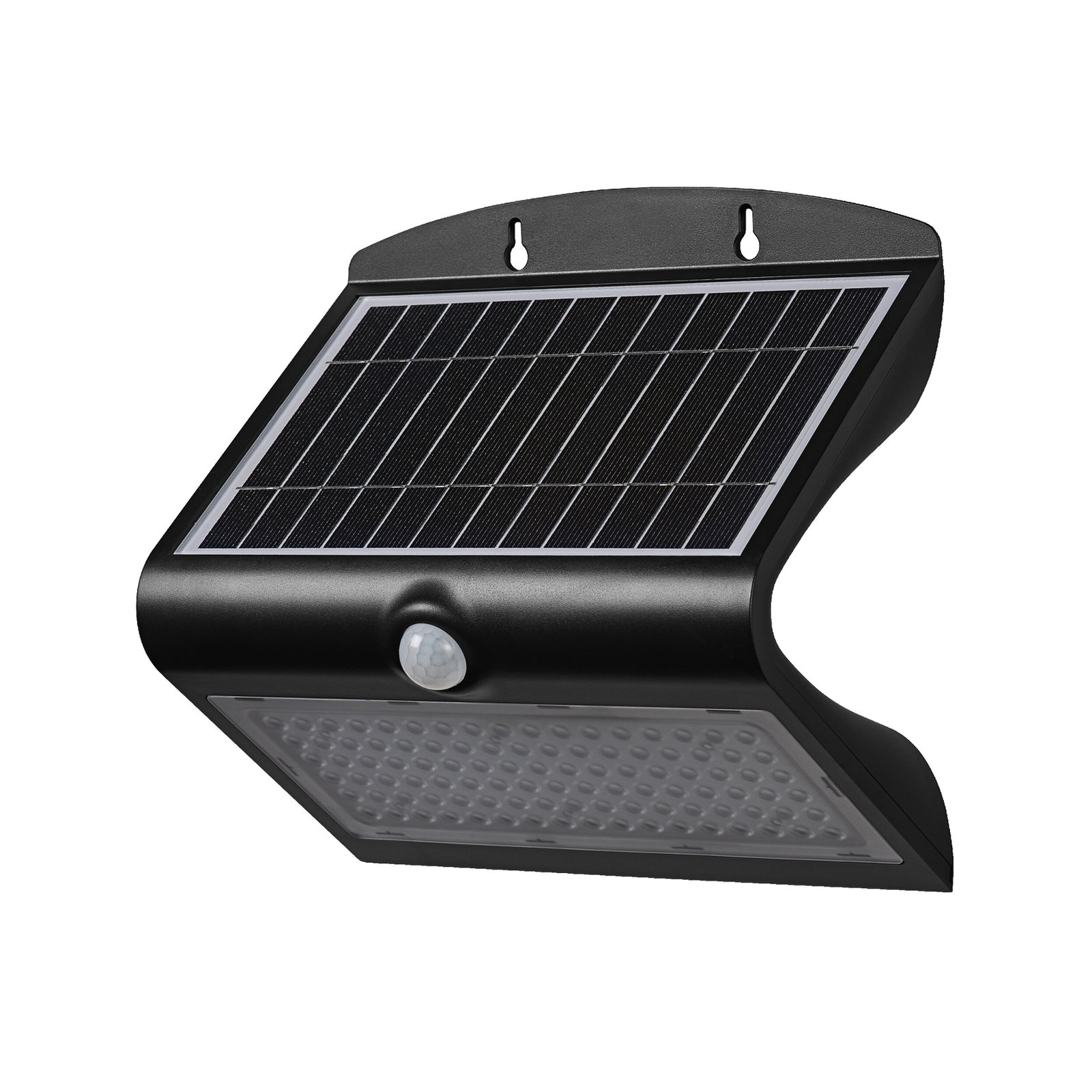
:format(jpeg))

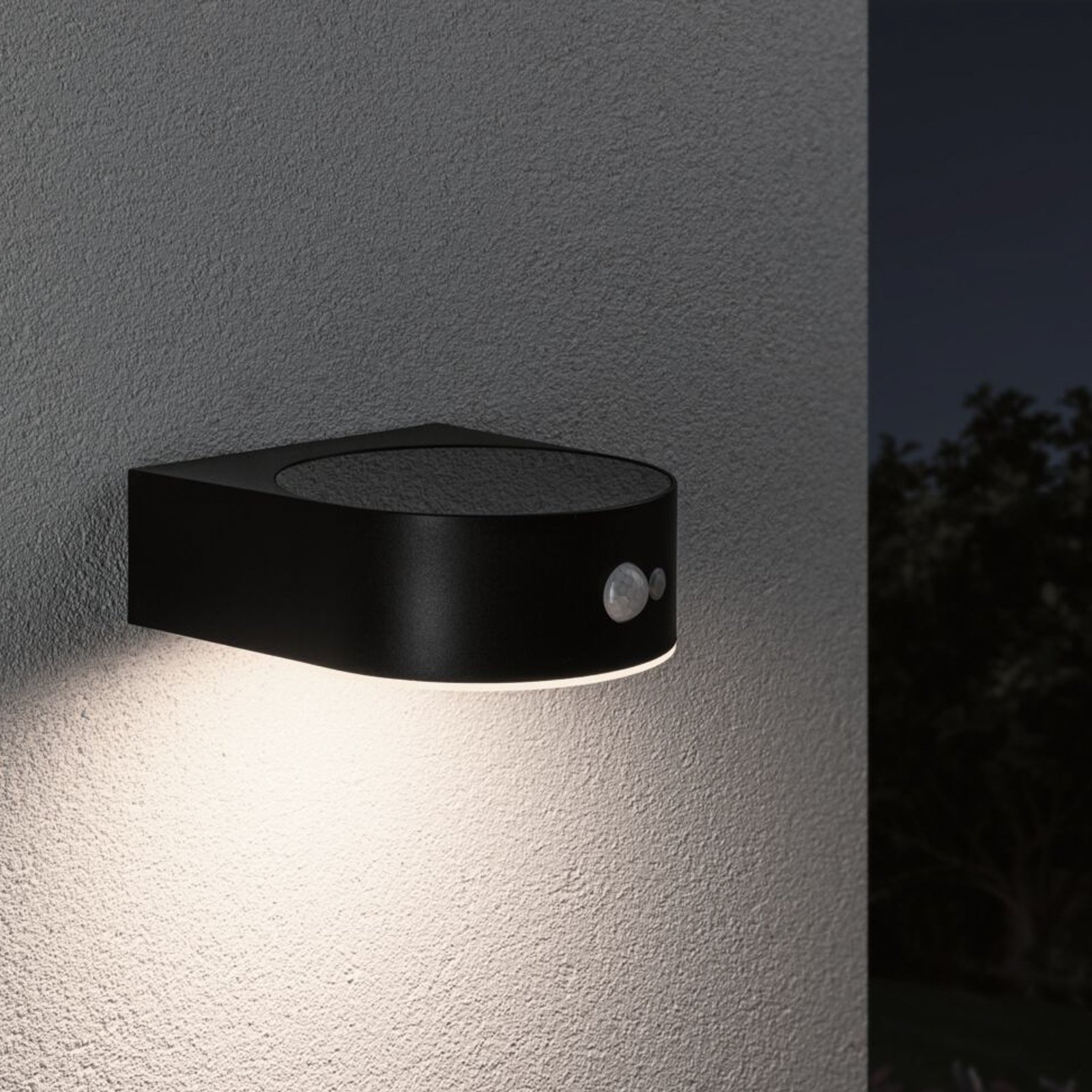
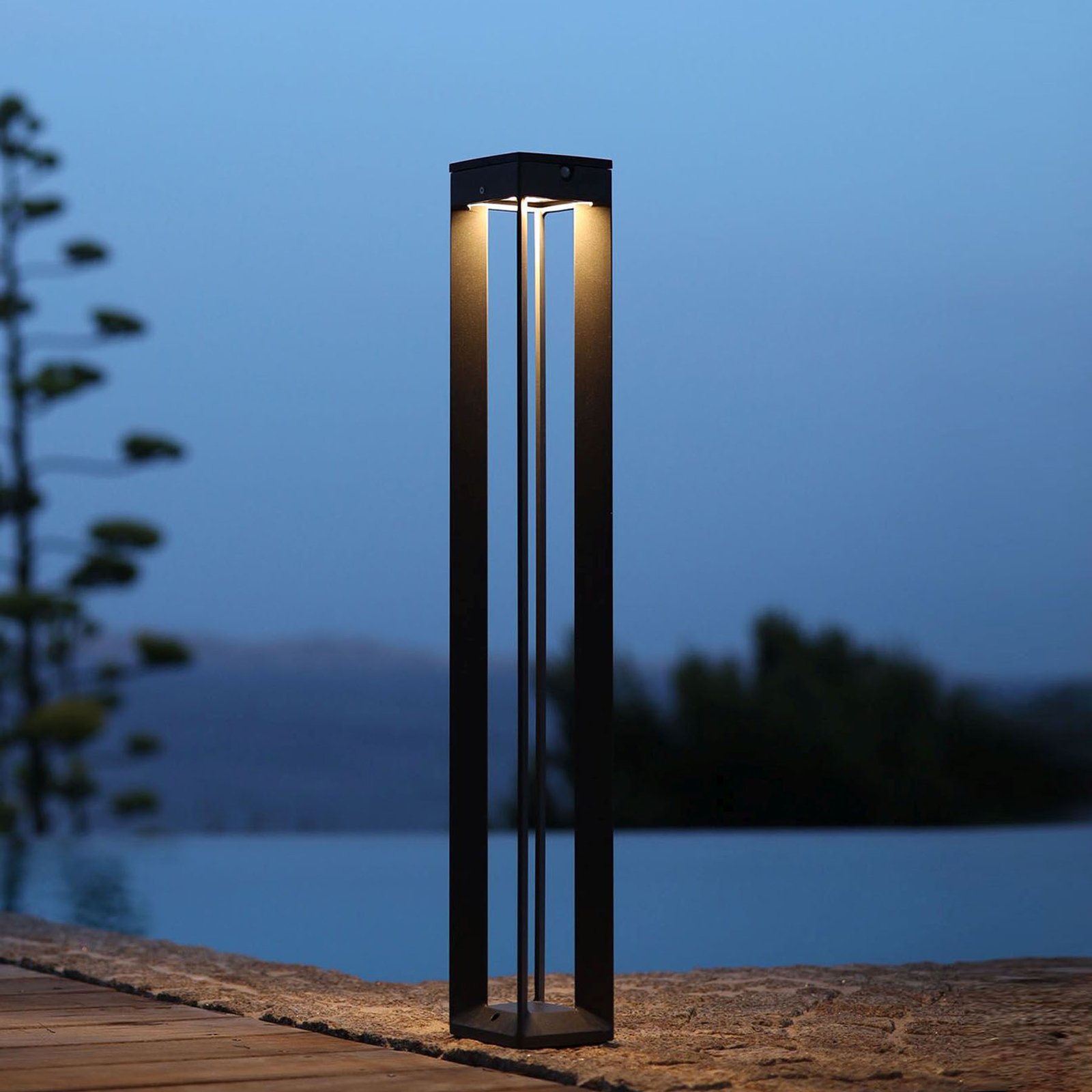
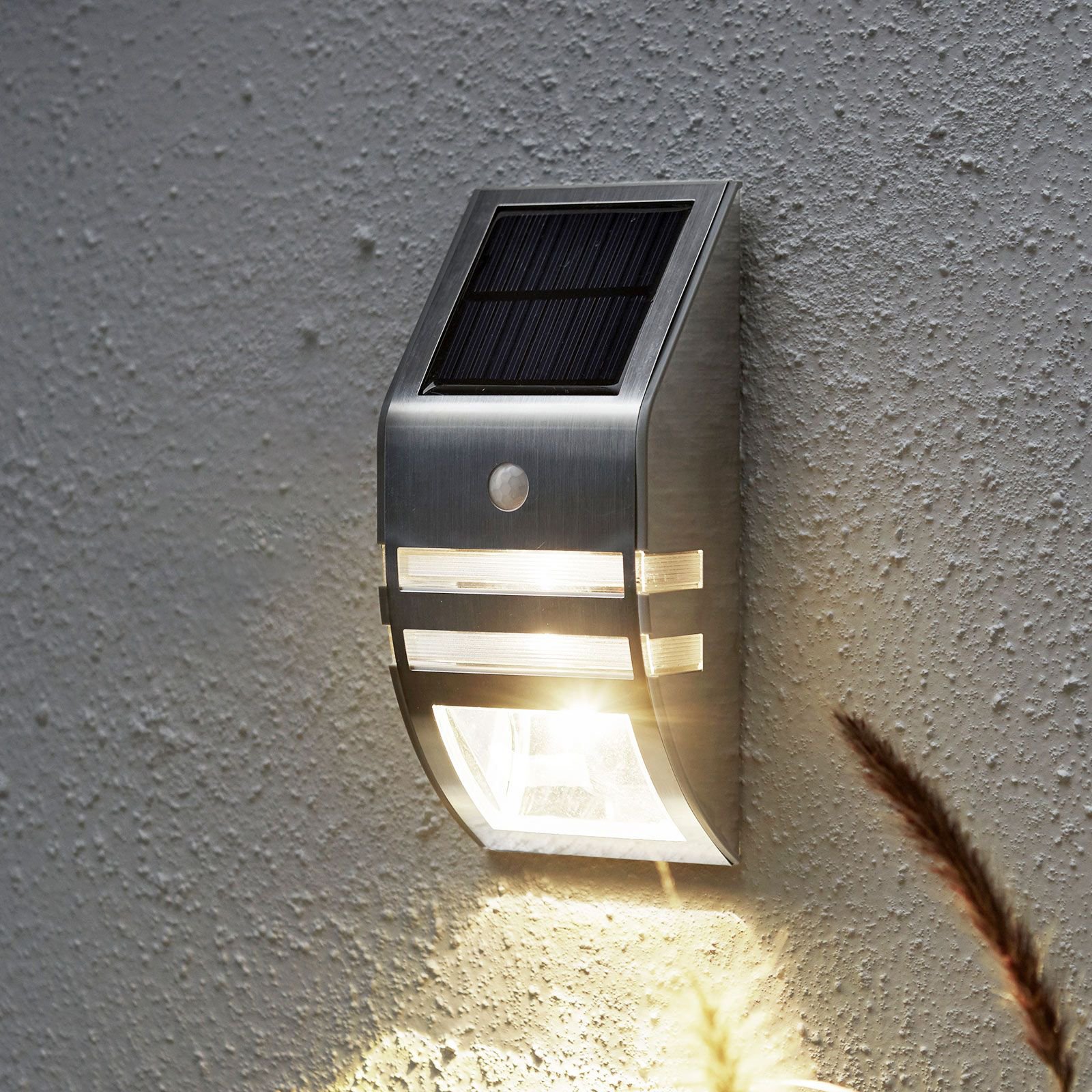
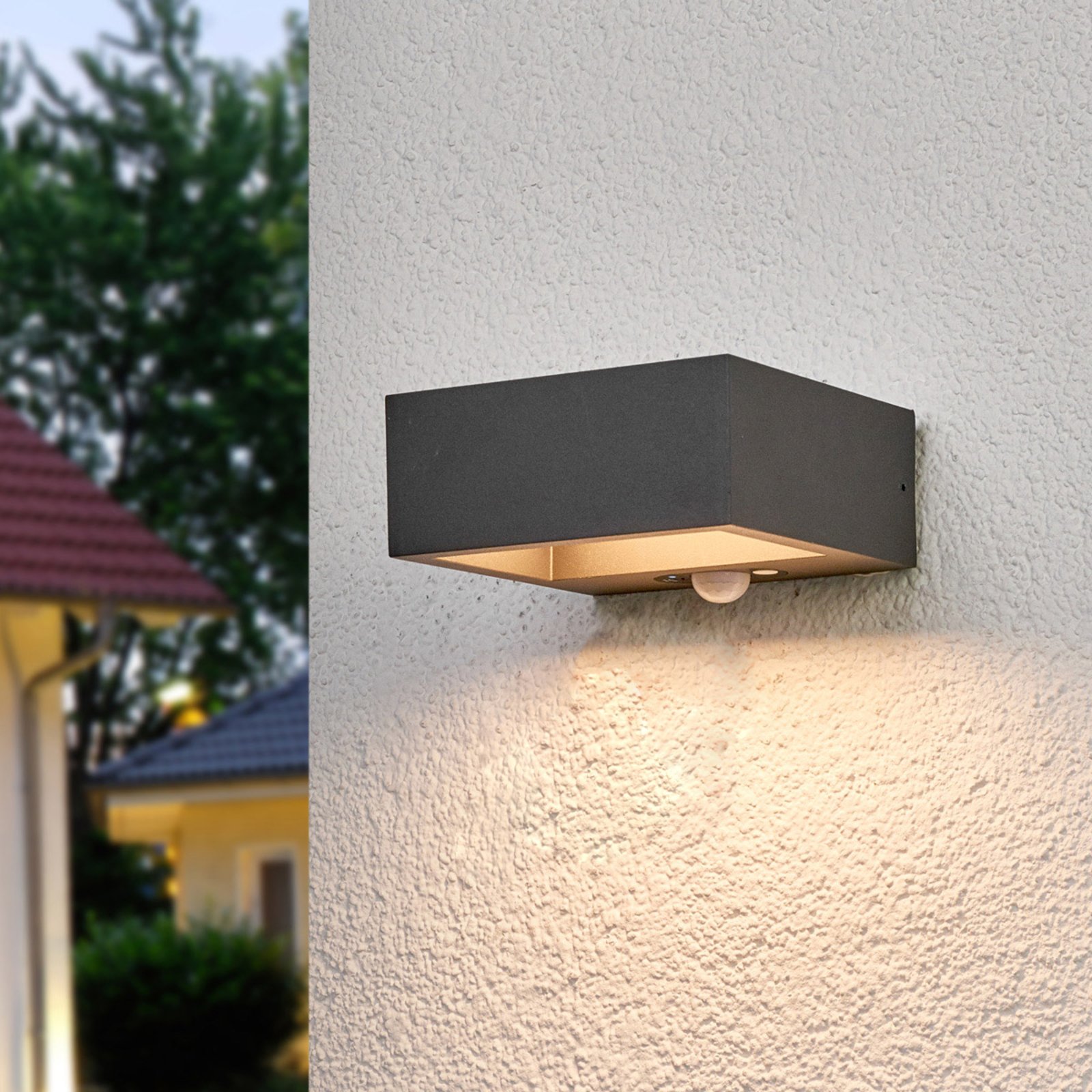
:format(jpeg))
:format(jpeg))
:format(jpeg))
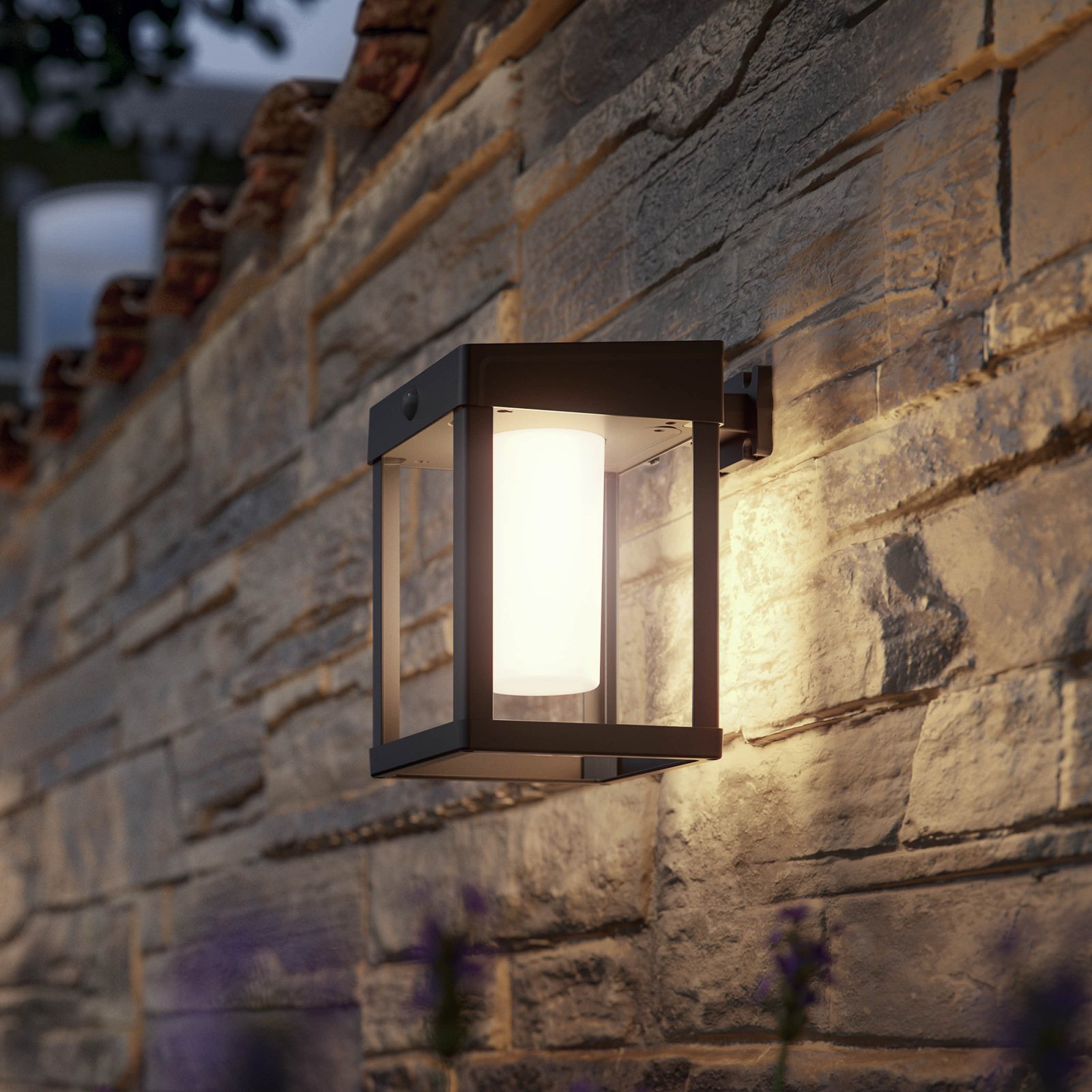

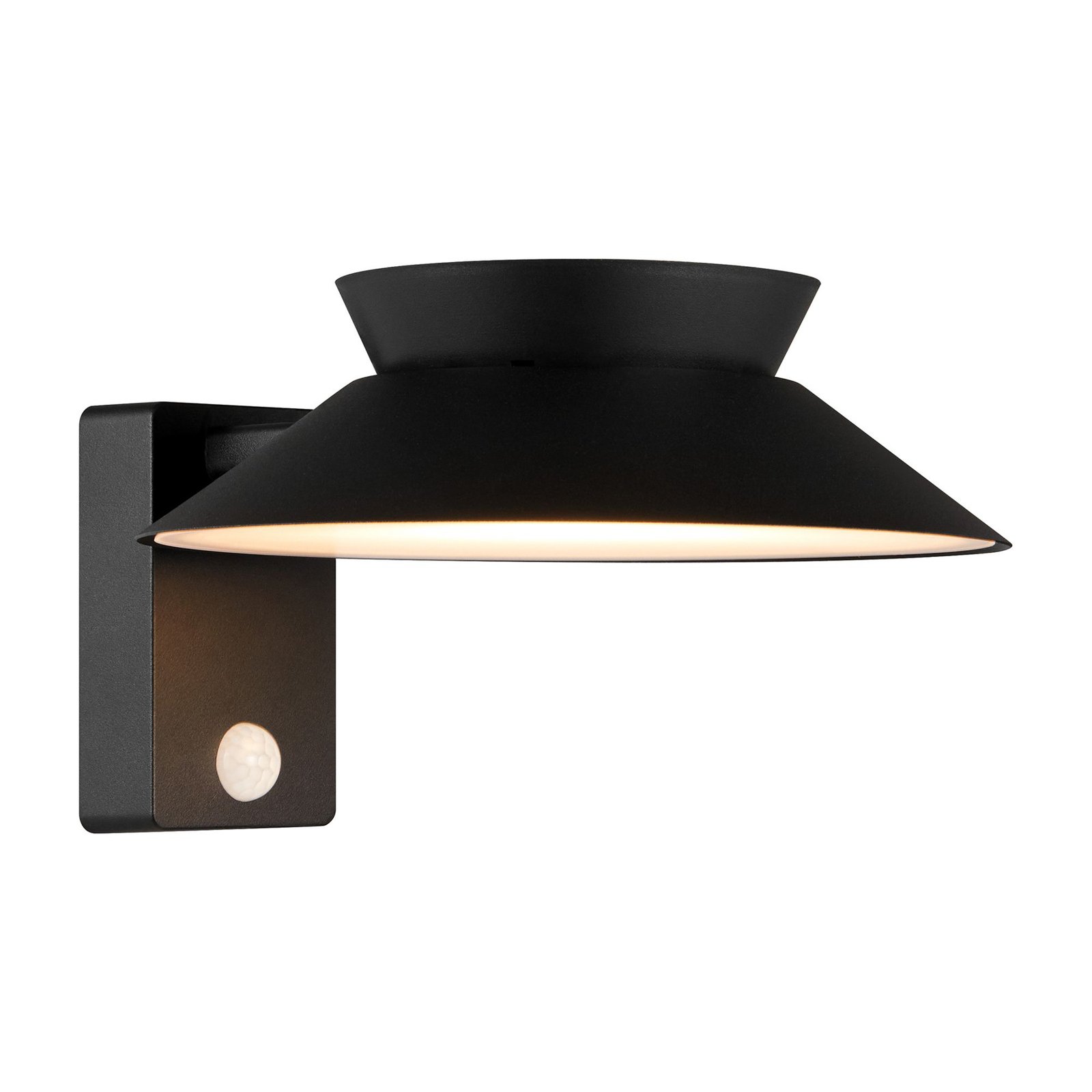
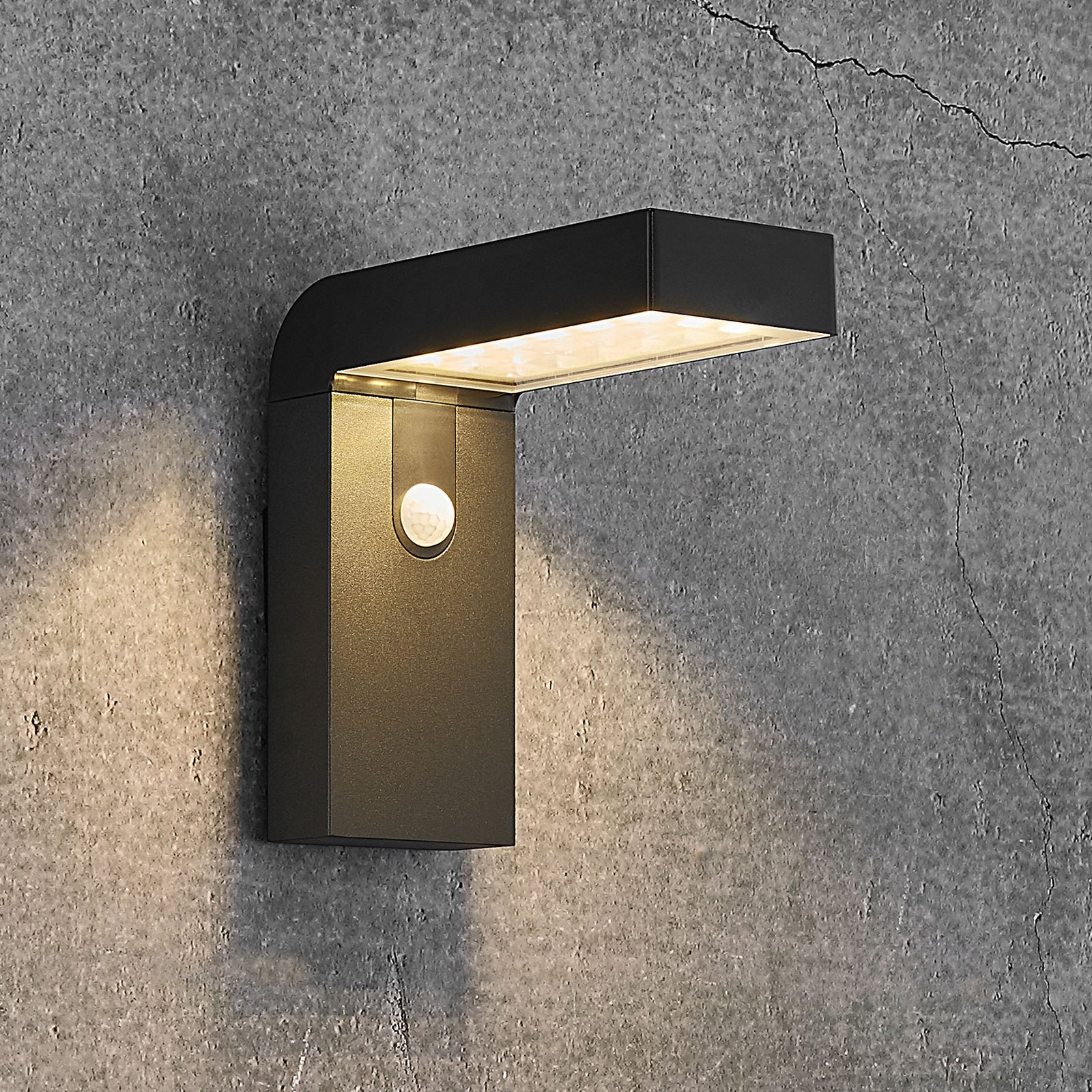
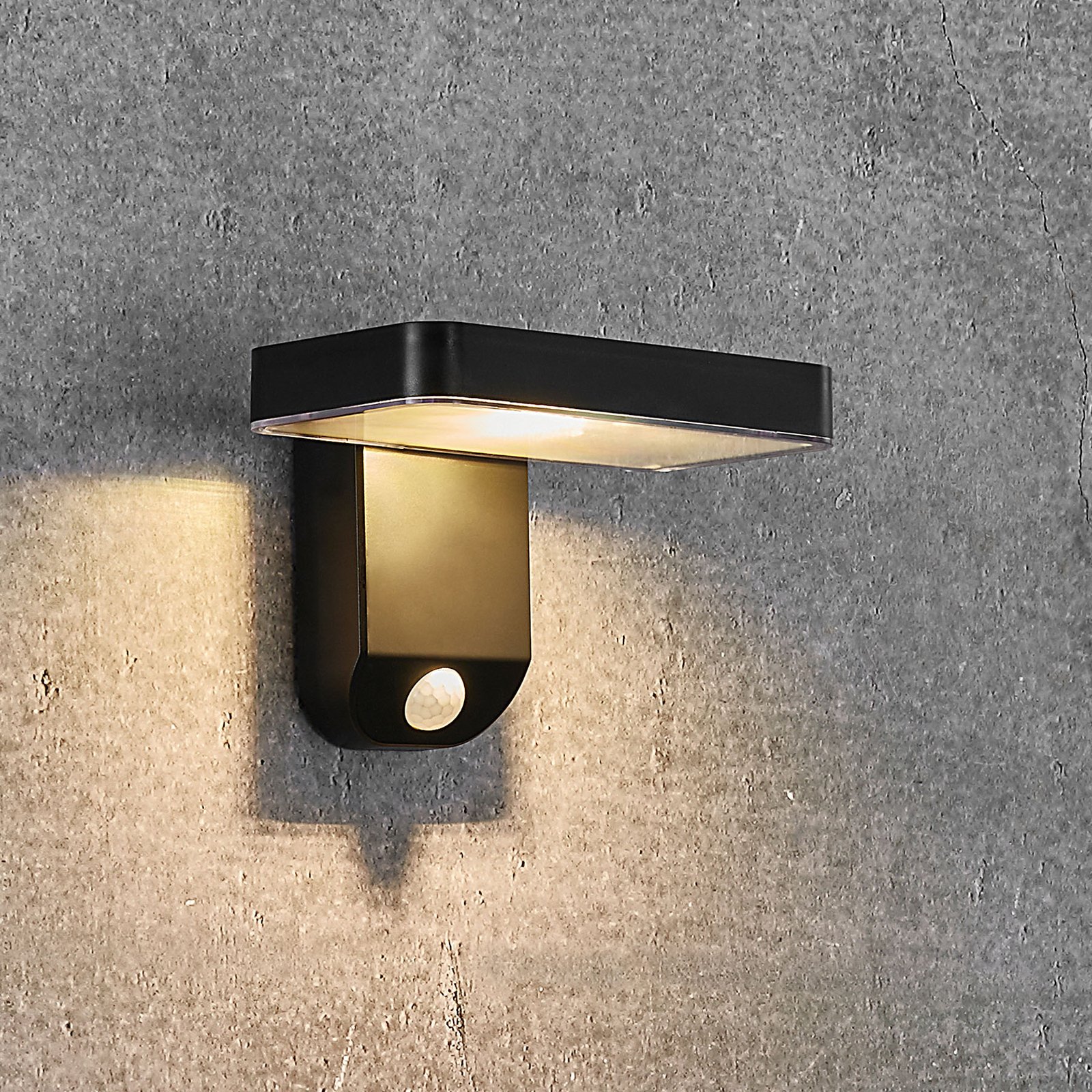
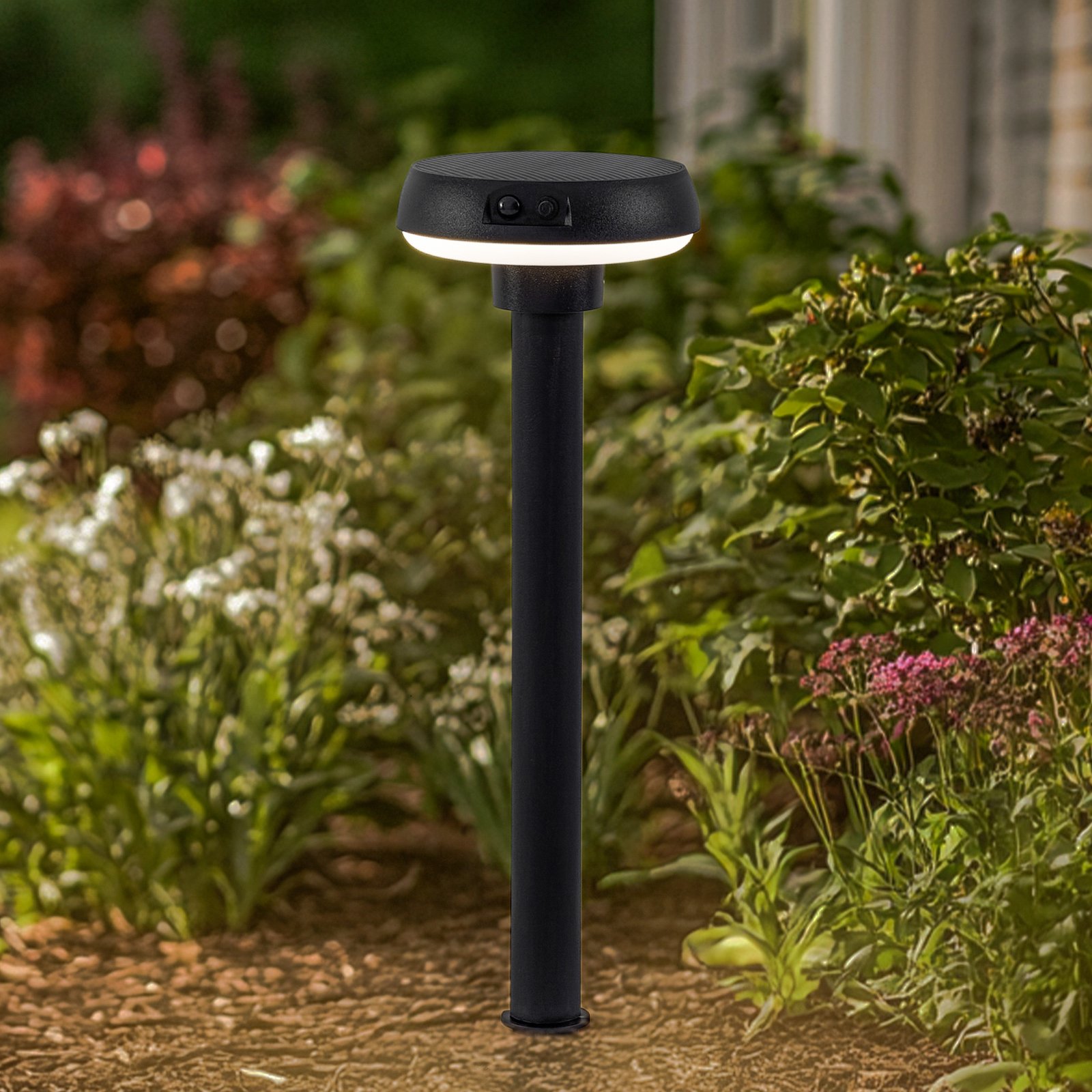
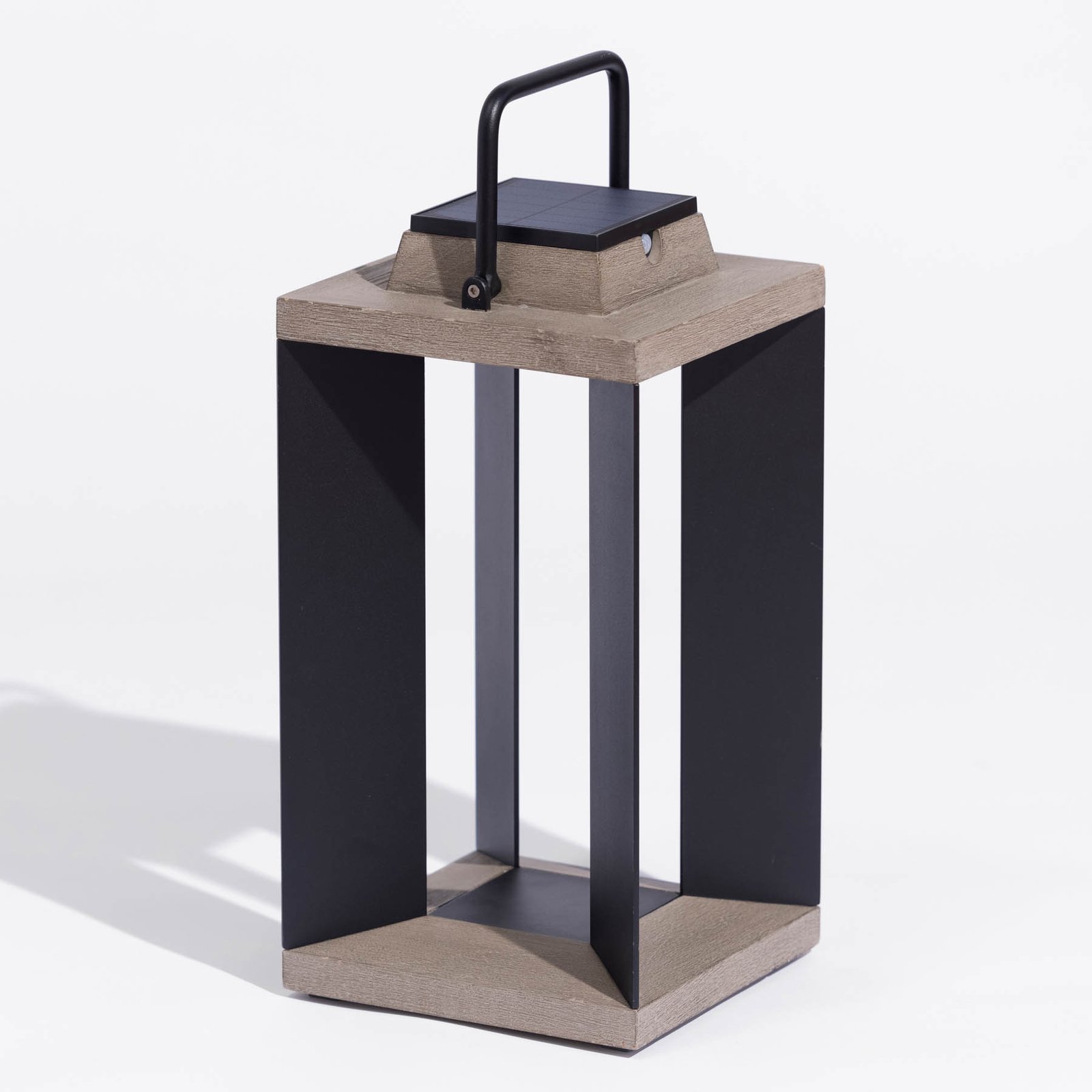
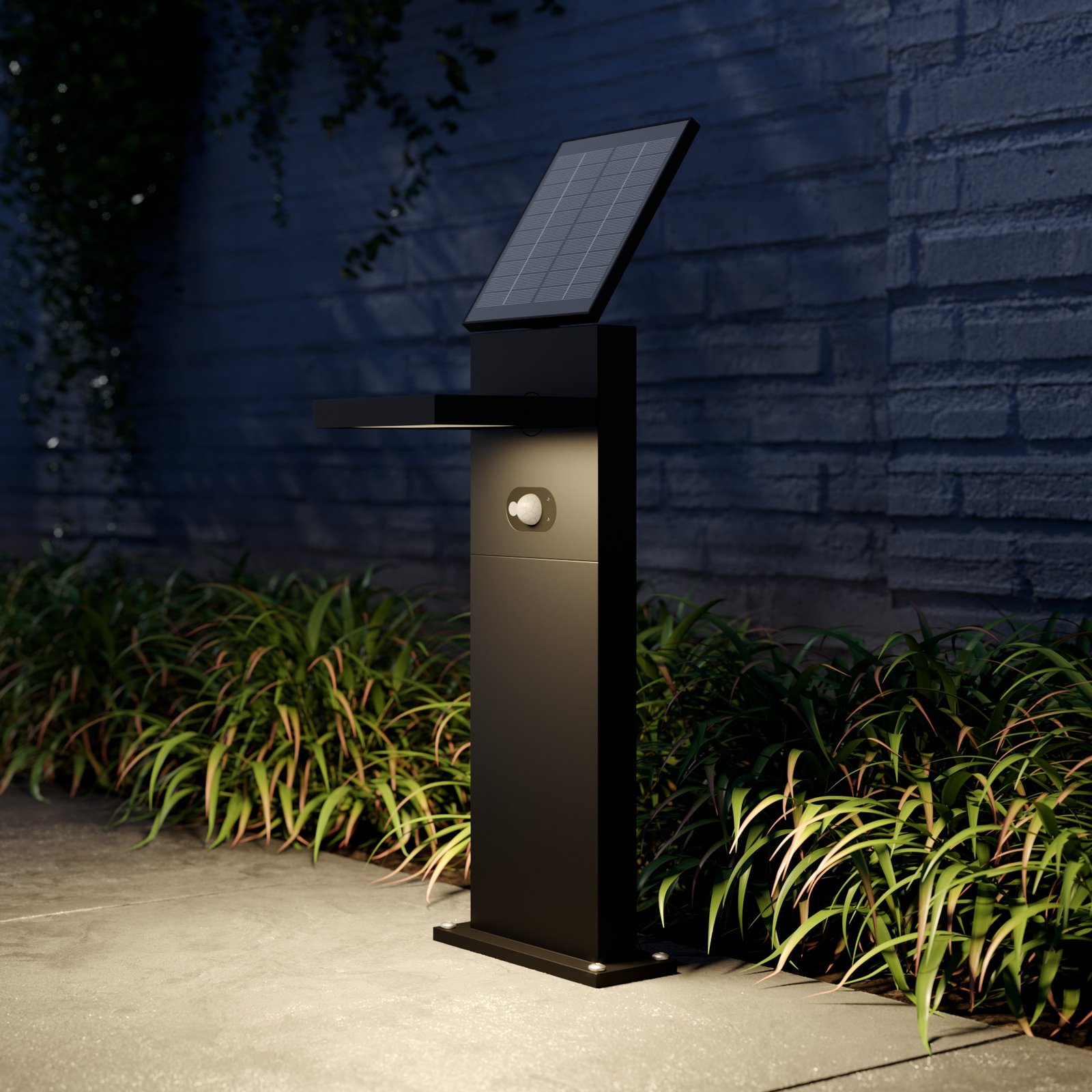
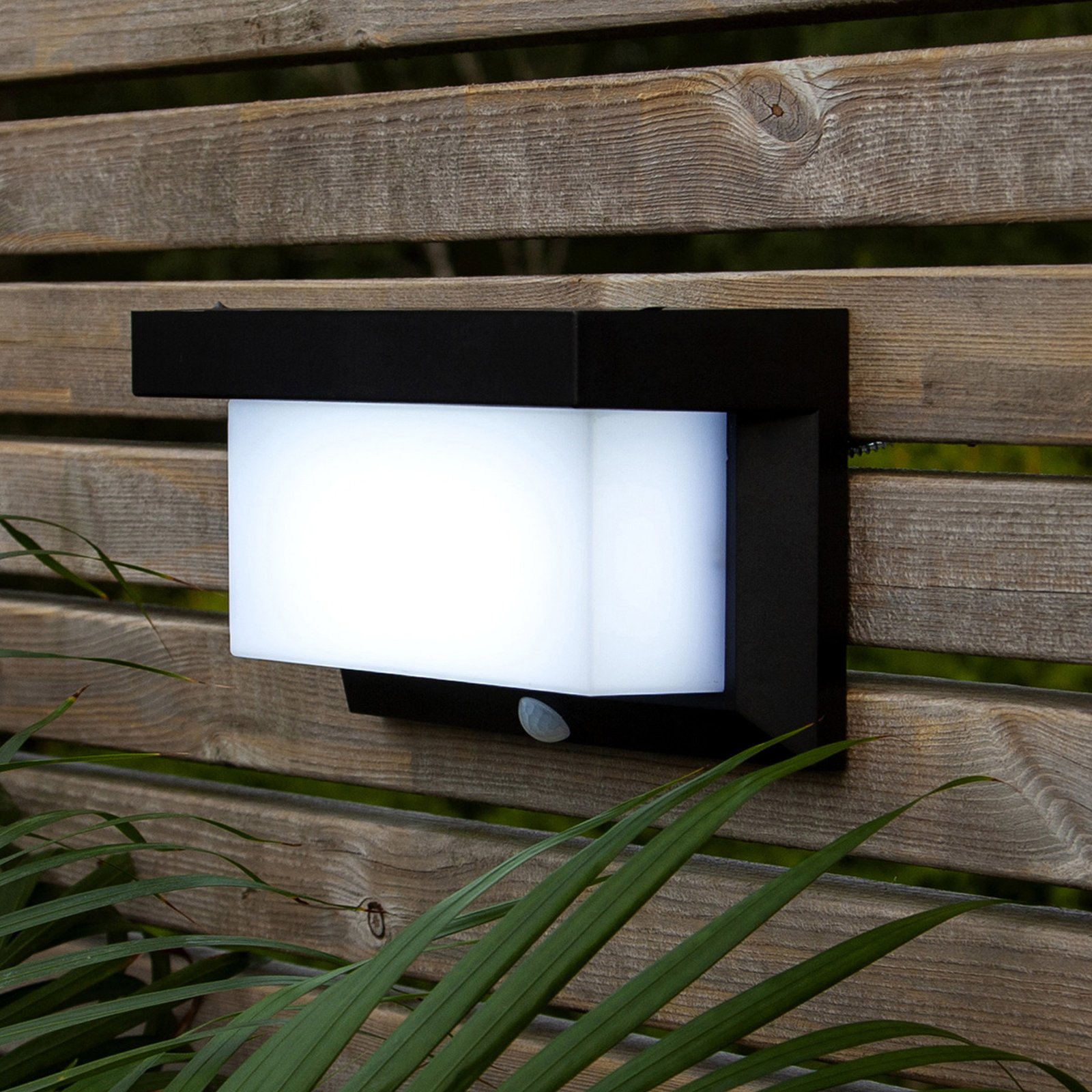
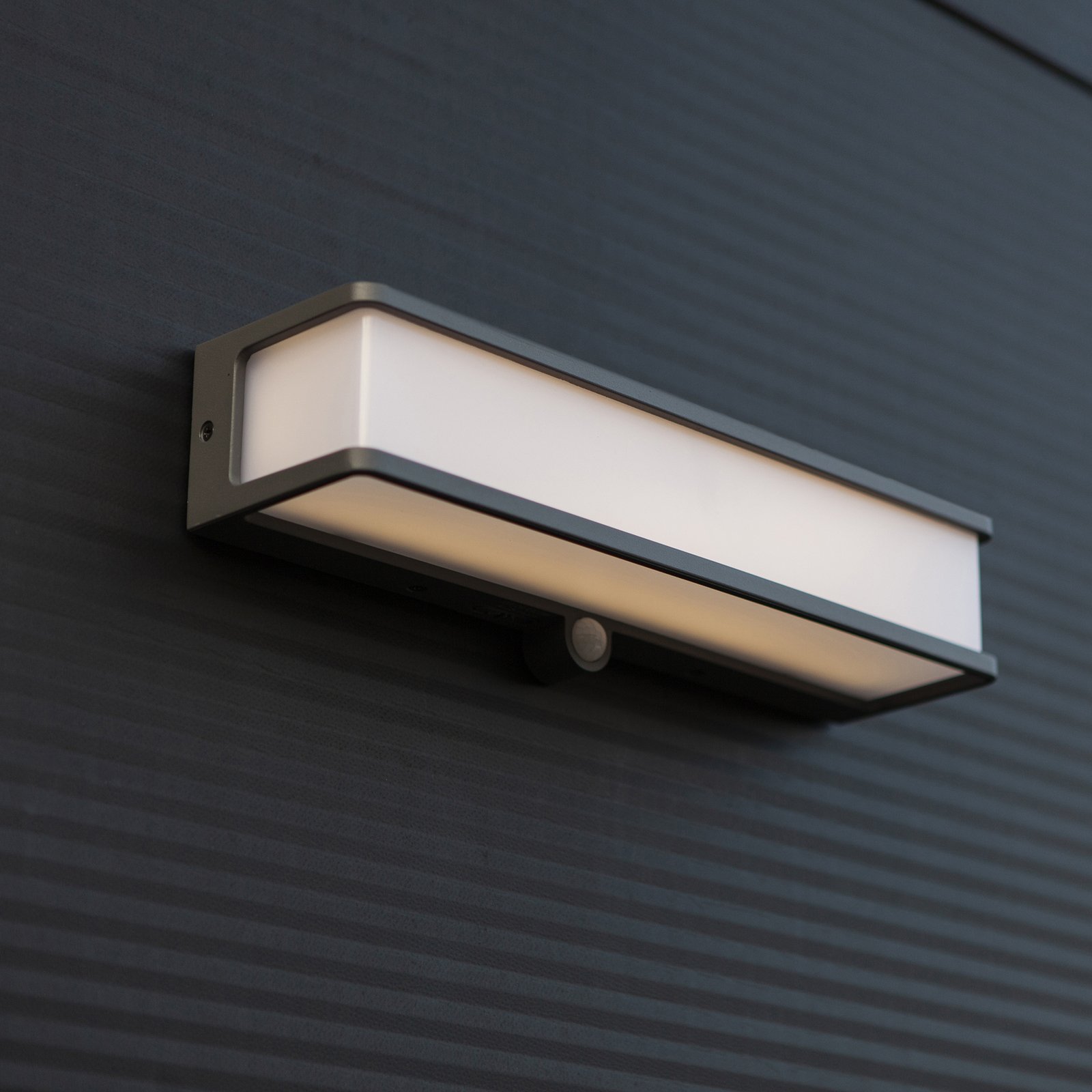
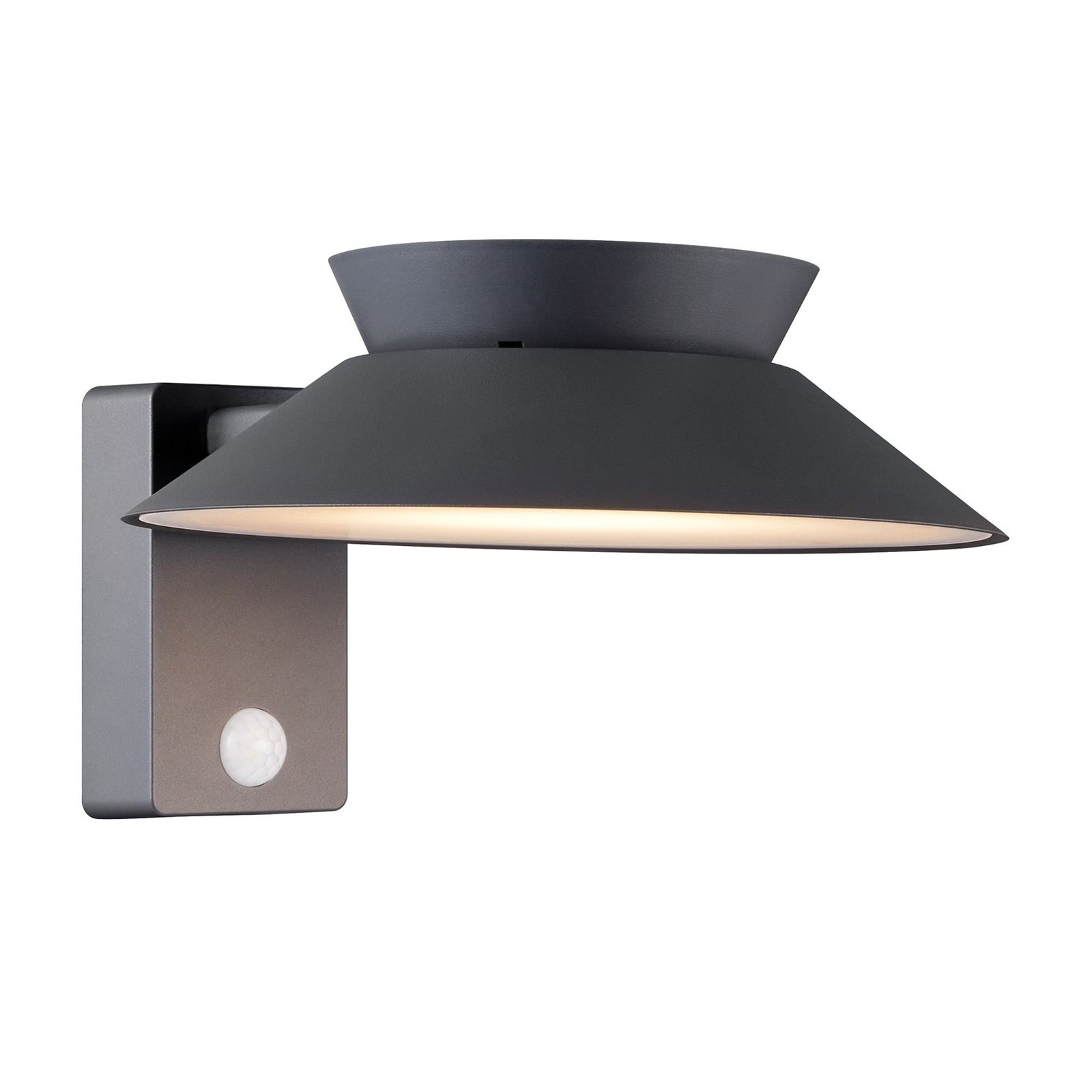
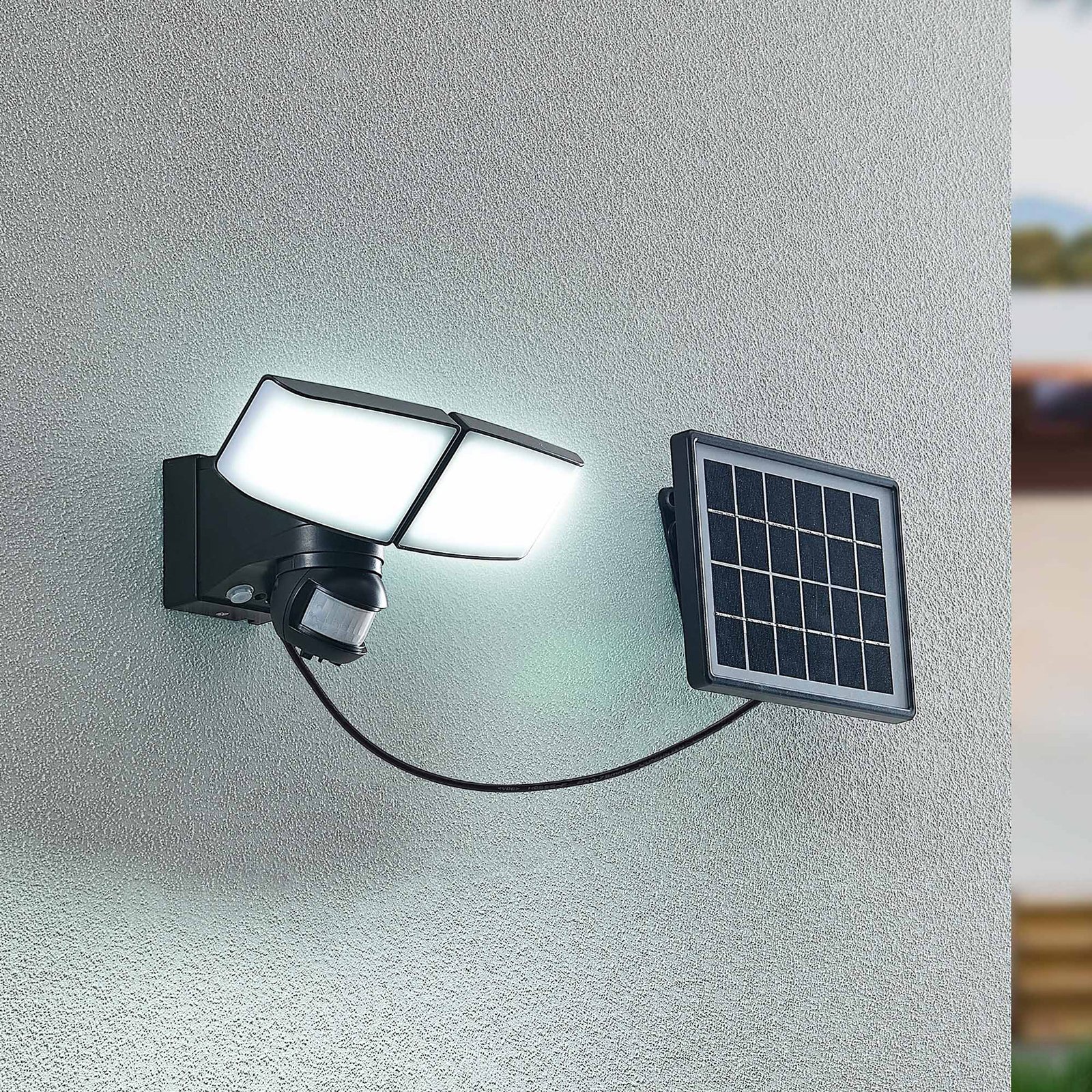
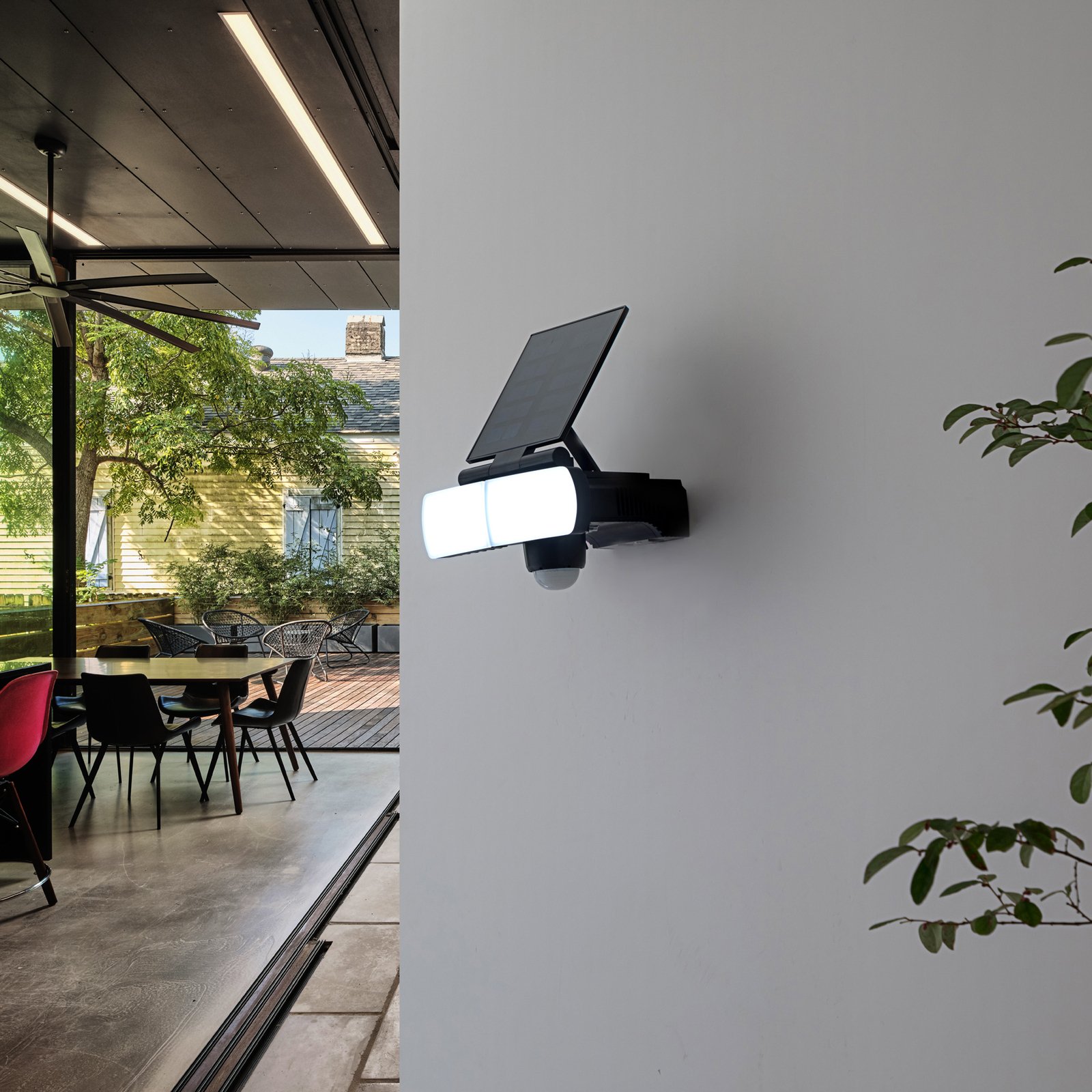
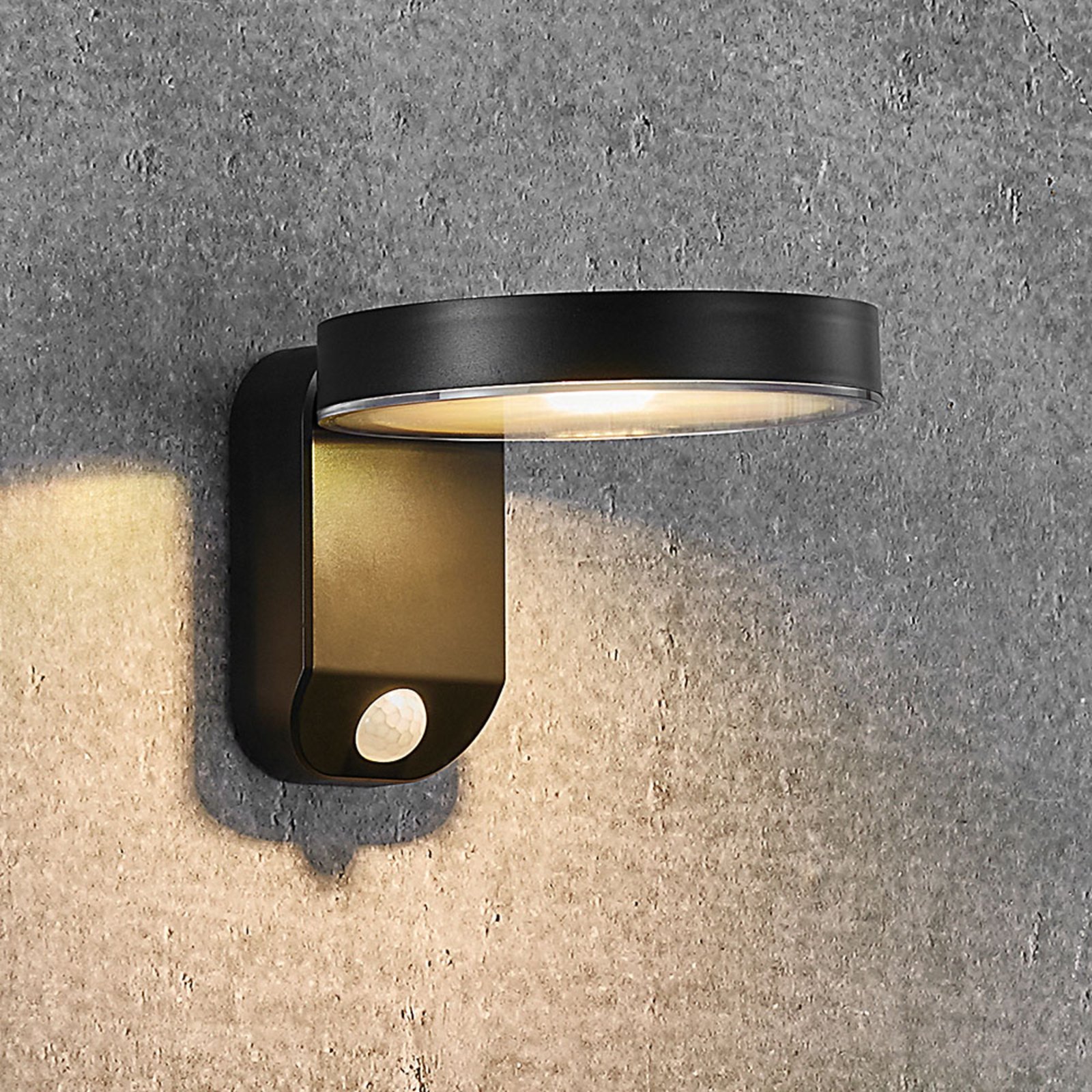
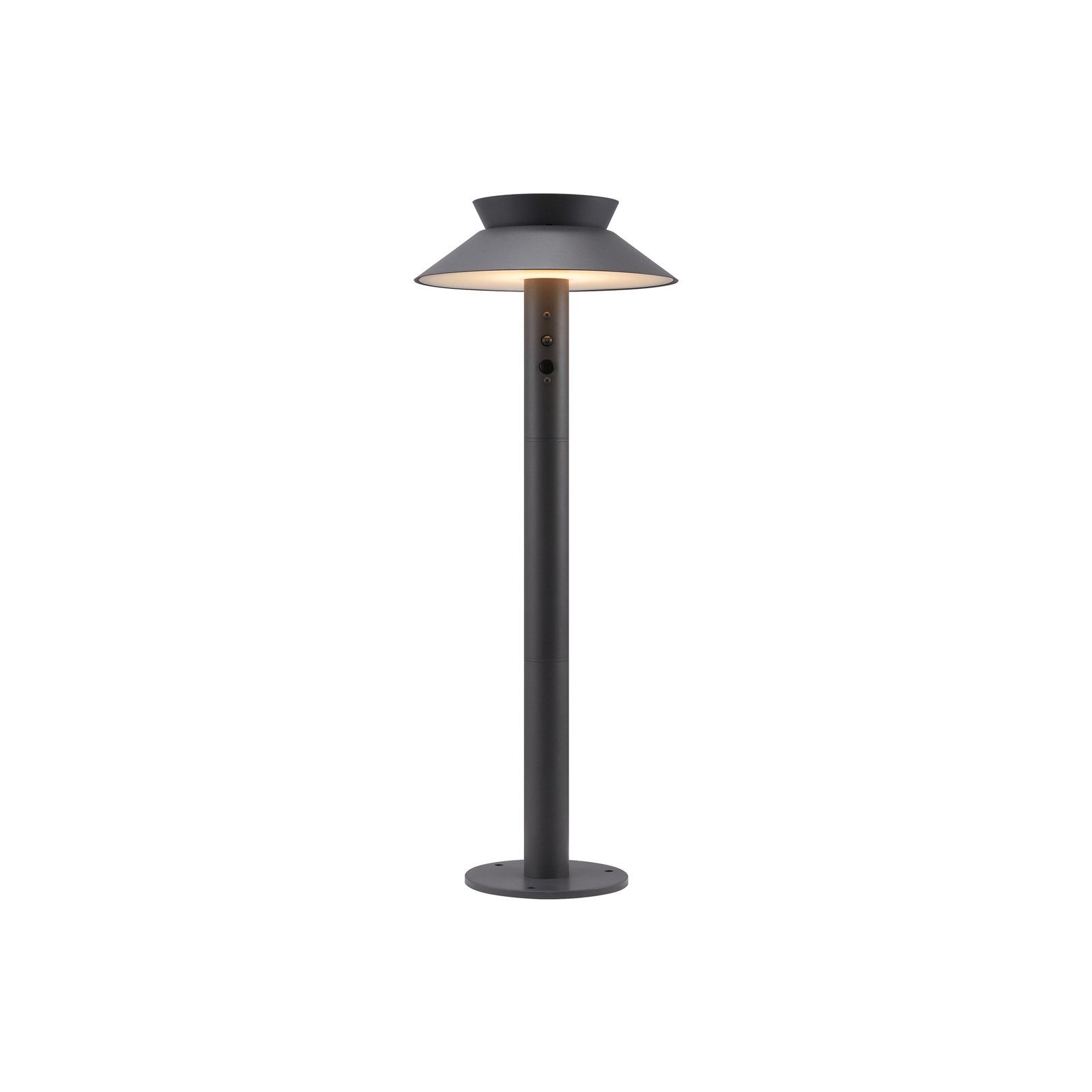

:format(jpeg))
